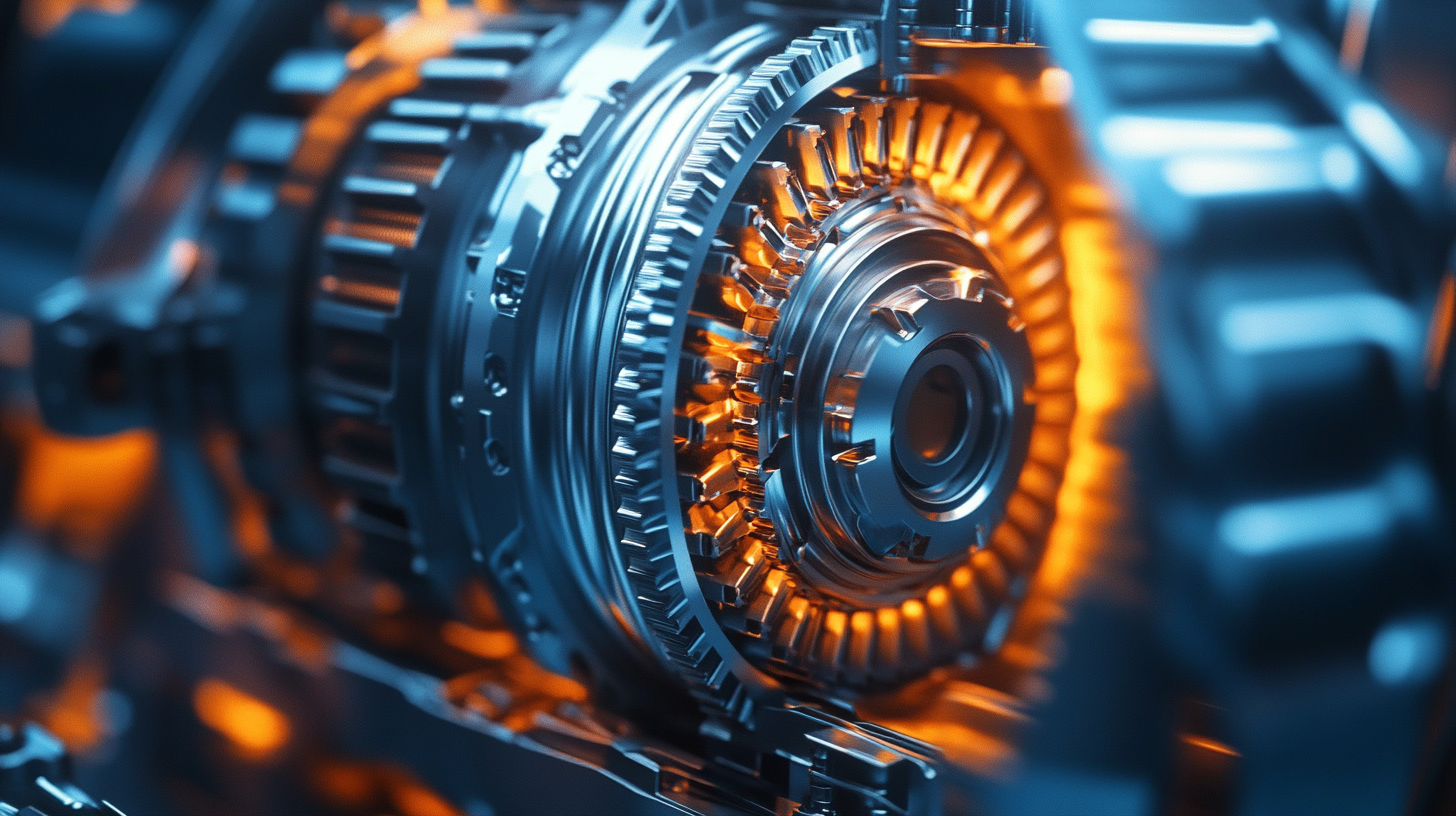Revolutionizing Industries with Advanced Gearbox Technology Insights and Market Trends
In today's rapidly evolving industrial landscape, the importance of advanced gearbox technology cannot be overstated. Gearboxes play a crucial role in various sectors, from manufacturing and automotive to renewable energy and robotics, facilitating the seamless transfer of power and optimizing performance. As industries seek to enhance efficiency and reduce operational costs, innovations in gearbox design and functionality are emerging as a key focus area. This blog delves into the latest insights and market trends surrounding gearbox technology, highlighting groundbreaking advancements that are revolutionizing traditional practices. By exploring new materials, designs, and digitalization trends, we aim to illuminate how these developments are shaping the future of industries and paving the way for enhanced productivity and sustainability.
The Evolution of Gearbox Technology: Past, Present, and Future
The evolution of gearbox technology has been a pivotal force in shaping various industries, from automotive to aerospace. Historically, gearboxes were relatively simple devices, primarily consisting of gears and shafts that transmitted power from one component to another. Over the decades, advancements in materials and manufacturing processes have led to the development of lightweight, high-strength gear systems capable of withstanding greater loads and operating at higher efficiencies. This fundamental shift not only improved the durability and performance of machines but also paved the way for more complex applications in robotics and automated systems.
Today, we are witnessing a new wave of innovation driven by digitalization and automation. Smart gearboxes equipped with sensors and IoT connectivity are enhancing monitoring and predictive maintenance, significantly reducing downtime and operational costs. As industries strive for greater sustainability, the future of gearbox technology will likely focus on optimizing energy efficiency and reducing environmental impact. By integrating advanced materials such as composites and exploring new designs like epicyclic and planetary gear systems, manufacturers can optimize performance while meeting the growing demands for eco-friendly solutions. The journey of gearbox technology is far from over; its next chapter promises to redefine how we harness power across diverse fields.
Revolutionizing Industries with Advanced Gearbox Technology Insights
Key Innovations Driving the Gearbox Market Forward
The gearbox market is witnessing significant innovations that are reshaping various industries. In 2023, the global dual-clutch transmission (DCT) market was valued at approximately $13.76 billion and is projected to grow to $14.68 billion in 2024, reaching an impressive $24.1 billion by 2032. This surge is driven by advancements in gearbox technology that enhance vehicle performance, fuel efficiency, and overall driving experience.
One key innovation is the development of essential materials such as tendon ropes, which are increasingly replacing traditional torsion springs in robotics. These materials emulate human tendons, facilitating more precise movements and enabling robots to perform complex tasks effectively. As robotics gain traction, the demand for these innovative components is expected to accelerate, to meet the evolving needs of industries.
**Tip:** Companies looking to harness these gearbox advancements should invest in research and development, focusing on optimizing product structures and enhancing technical collaboration with clients. Continuous innovation in product offerings is vital to stay competitive in this rapidly evolving market.
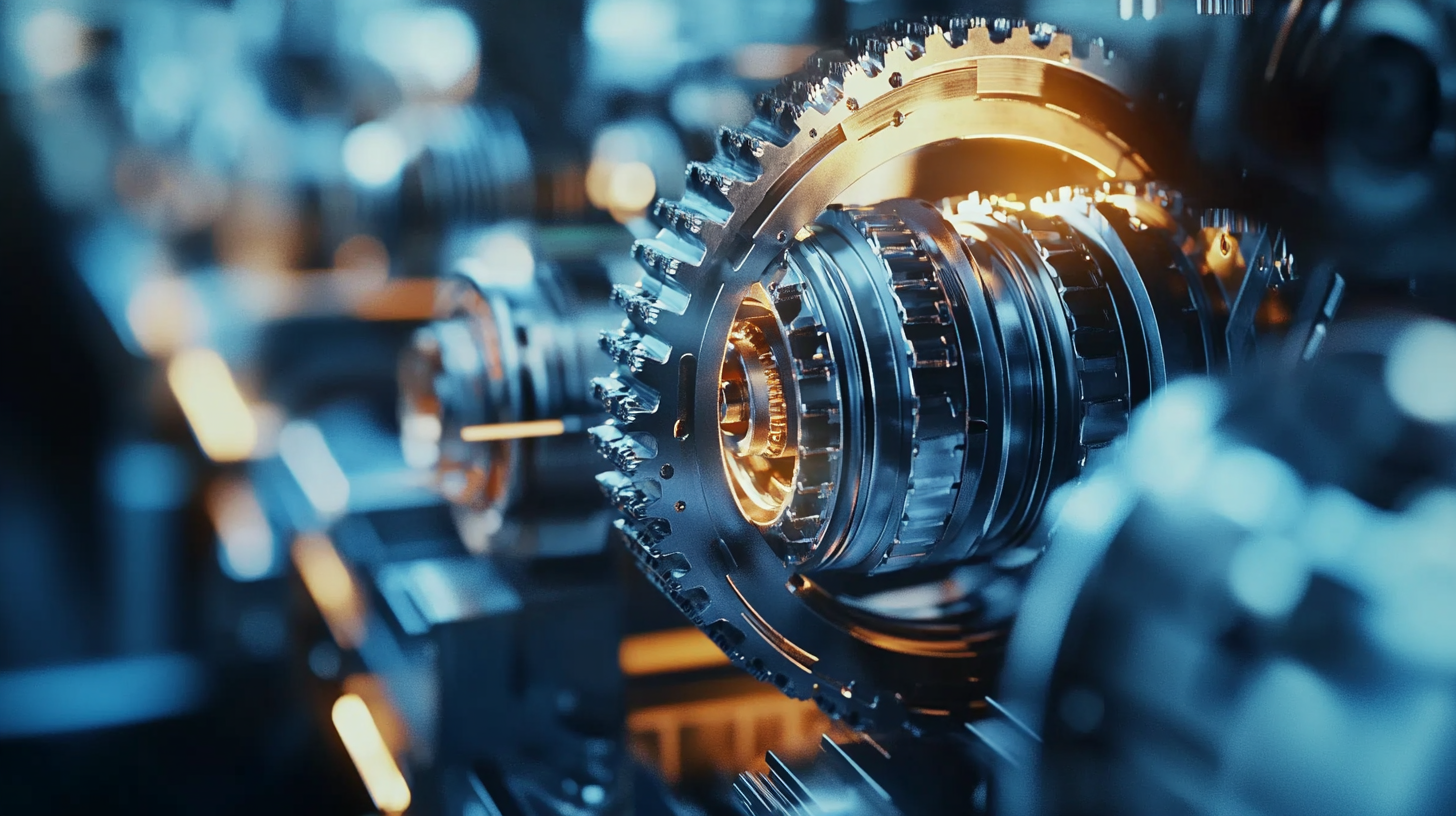
Emerging Trends in Gearbox Design and Engineering
The landscape of gearbox design and engineering is undergoing a significant transformation, driven by advancements in technology and the increasing demands of various industries. Emerging trends are highlighting the integration of smart technologies, such as IoT and AI, into gearbox systems. These innovations facilitate real-time monitoring and predictive maintenance, ensuring that gearboxes operate at optimal efficiency while minimizing downtime. As manufacturers harness the power of data analytics, gearboxes are becoming more reliable, leading to enhanced performance across applications from automotive to renewable energy.
Another notable trend is the shift towards lightweight materials and compact designs. Engineers are exploring the use of advanced composites and alloys to reduce weight without compromising strength. This is particularly crucial in sectors like aerospace and automotive, where every ounce counts for fuel efficiency. Furthermore, the push for sustainability is prompting the adoption of eco-friendly manufacturing processes, aligning gearbox production with global environmental standards. These emerging trends not only reflect the industry's commitment to innovation but also pave the way for more efficient and sustainable machinery in the future.
Revolutionizing Industries with Advanced Gearbox Technology Insights and Market Trends
| Trends |
Description |
Impact on Industries |
Market Growth |
| Smart Gearboxes |
Integration of IoT technology for real-time monitoring. |
Improved efficiency and predictive maintenance. |
Expected growth of 15% by 2025. |
| Lightweight Materials |
Use of advanced alloys and composites to reduce weight. |
Enhanced performance in automotive and aerospace sectors. |
Market projected to reach $8 billion by 2024. |
| Modular Design |
Easier customization and scalability of gearbox systems. |
Greater flexibility in manufacturing. |
Anticipated growth of 10% annually. |
| Hybrid Gear Systems |
Combining electric and mechanical components for efficiency. |
Significant reduction in energy costs for industrial machinery. |
Expected to grow 20% by 2026. |
| Advanced Control Systems |
Implementation of AI and machine learning for enhanced control. |
Increased operational efficiency and accuracy in performance. |
Projected to grow to $5 billion by 2025. |
The Impact of Advanced Gearbox Solutions on Various Industries
The impact of advanced gearbox solutions on various industries is profound, reshaping operational efficiencies and driving innovation. According to a recent report by MarketsandMarkets, the global gearbox market is projected to reach $55.53 billion by 2025, growing at a CAGR of 5.5%. This growth illustrates the increasing reliance on advanced gearbox technology in sectors such as automotive, aerospace, and manufacturing, where precision and reliability are paramount.
In the automotive industry, for instance, the shift towards electric vehicles (EVs) has prompted a significant evolution in gearbox design. Advanced gearboxes not only optimize power transmission but also enhance vehicle performance and energy efficiency. A study from Allied Market Research predicts that the electric vehicle gearbox segment alone will grow at a staggering CAGR of 17.1% from 2021 to 2030, underscoring the strategic importance of innovative gearbox solutions in meeting future mobility demands.
Moreover, industries like renewable energy are equally transformed by sophisticated gearbox technologies. Wind turbine gearboxes, for example, require robust designs capable of withstanding harsh environments while maximizing energy capture. Research from Grand View Research indicates that the global wind turbine gearbox market size was valued at $6.13 billion in 2019 and is expected to expand as the shift towards sustainable energy gains momentum. This highlights how advanced gearbox solutions not only drive operational improvements but are also central to the sustainability vision of the future.
Revolutionizing Industries with Advanced Gearbox Technology
This bar chart illustrates the impact of advanced gearbox solutions across various industries, showcasing growth trends and market adoption rates.
Forecasting Demand: Market Trends for Gearbox Technology in the Coming Years
The gearbox technology market is on the verge of a significant transformation, driven by the convergence of advanced engineering and increasing energy needs. As industries strive to optimize efficiency and reduce operational costs, the demand for innovative gearbox solutions is expanding. Factors such as the growth in renewable energy sources, alongside advancements in artificial intelligence, are fostering a fertile ground for gearbox applications across various sectors, including utilities and transportation.
In particular, the North America utility transmission pole market illustrates this trend, forecasting growth from $3.02 billion in 2025 to $4.15 billion by 2032, reflecting a robust CAGR of 4.65%. This surge is predominantly fueled by the need for improved energy management systems and the integration of AI technologies that optimize demand forecasting and grid management. With utilities investing heavily in enhancing infrastructure to meet this rising demand, the future of gearbox technology appears bright, promising enhanced functionality and efficiency that will redefine industry standards.


Home
Products
SIEMENS Gearmotor
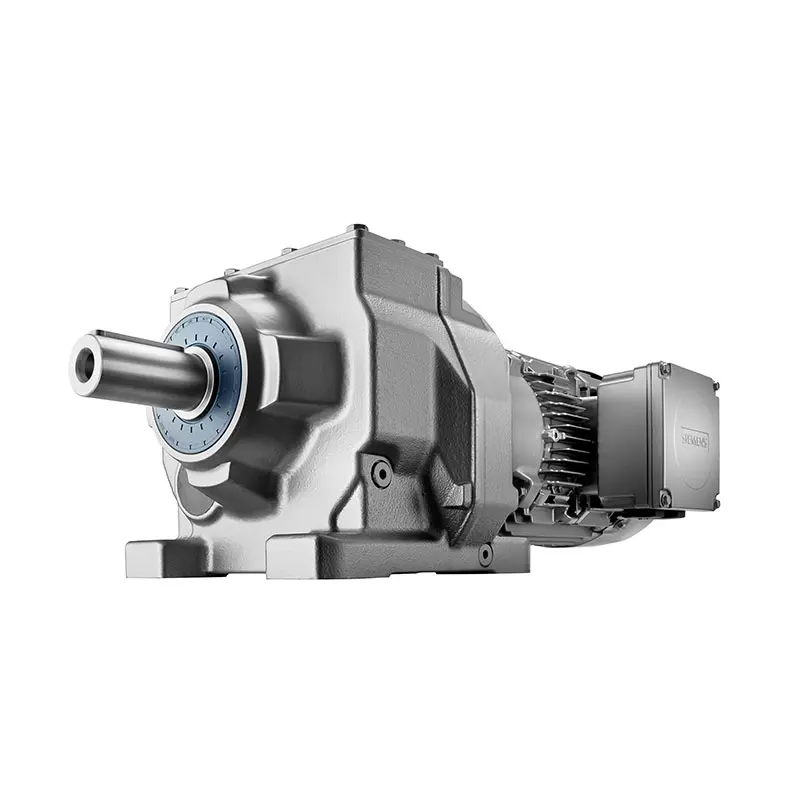 SIEMENS Helical Gearmotor Low Voltage
SIEMENS Helical Gearmotor Low Voltage 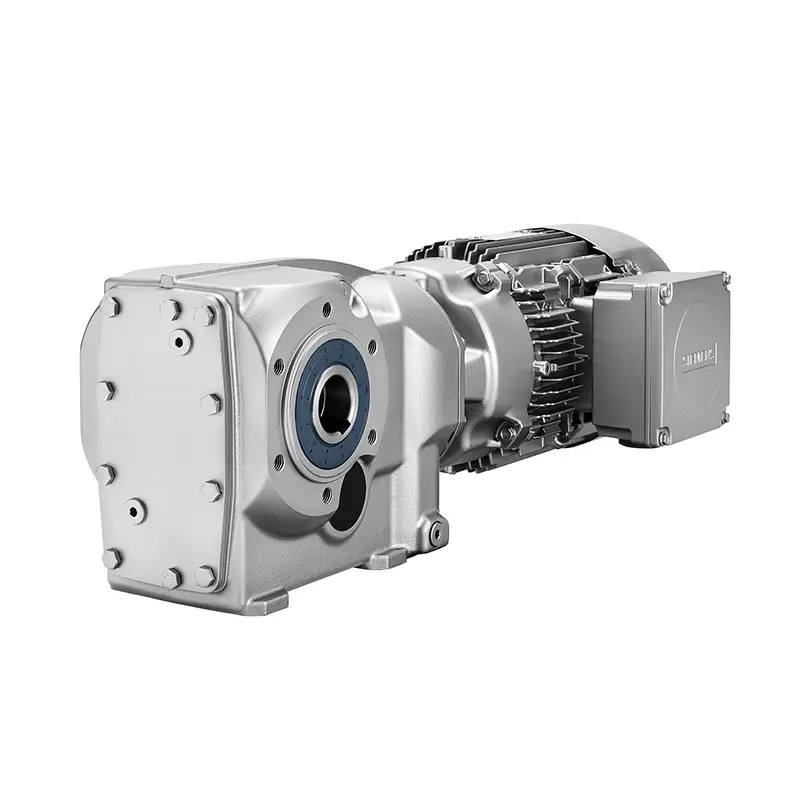 SIEMENS Bevel Helical Gearmotor
SIEMENS Bevel Helical Gearmotor 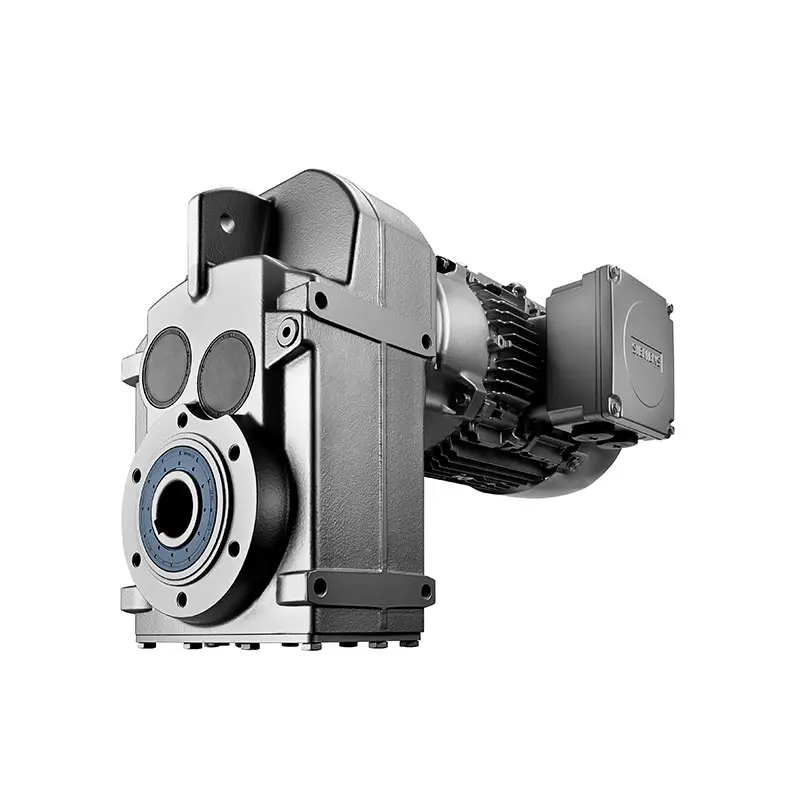 SIEMENS Parallel Shaft Gearmotor
SIEMENS Parallel Shaft Gearmotor 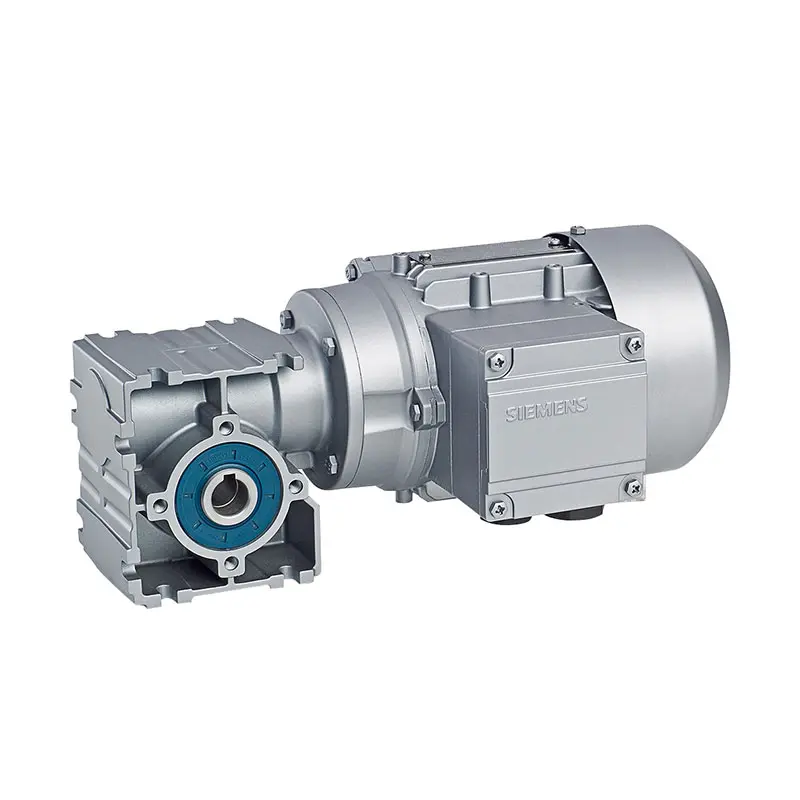 SIEMENS Worm Gearmotor Low Voltage
SIEMENS Worm Gearmotor Low Voltage 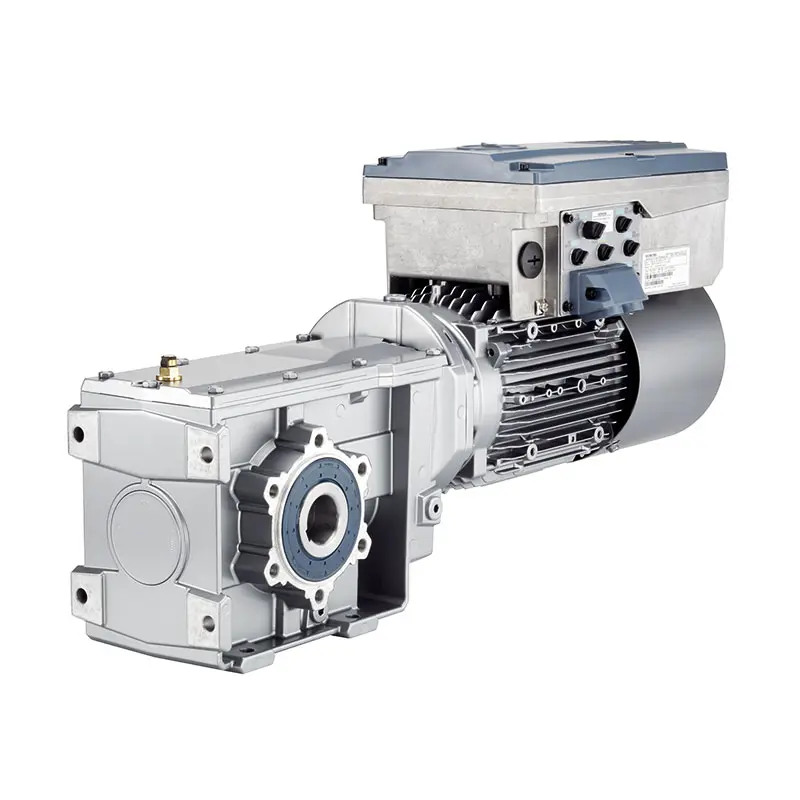 SIEMENS With Servo Motor Gearmotor
SIEMENS With Servo Motor Gearmotor 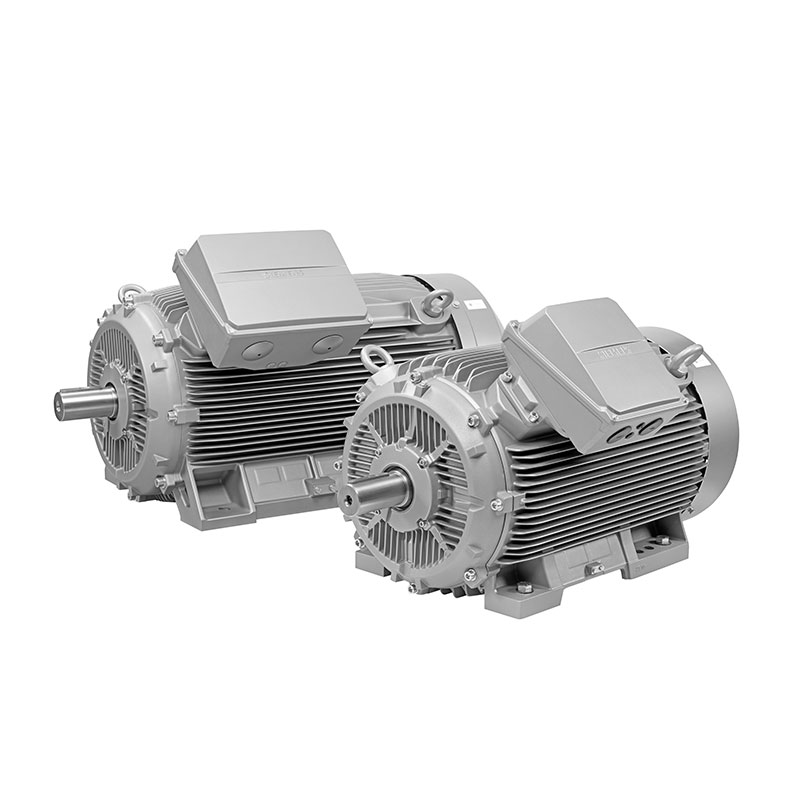 SIEMENS Low Voltage Motor Low Voltage
SIEMENS Low Voltage Motor Low Voltage 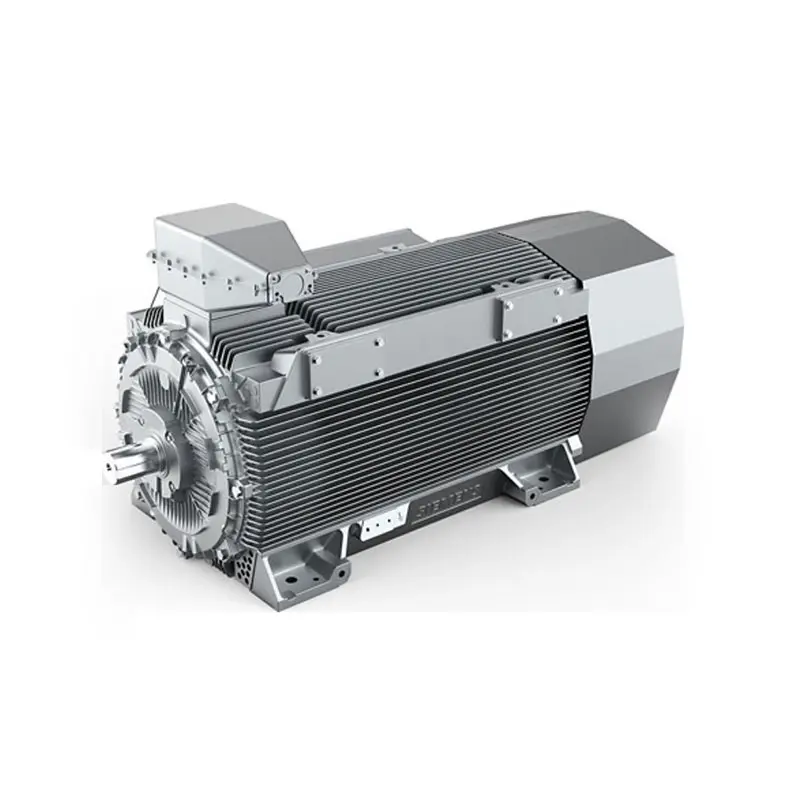 SIEMENS High Voltage Motor Low Voltage
SIEMENS High Voltage Motor Low Voltage 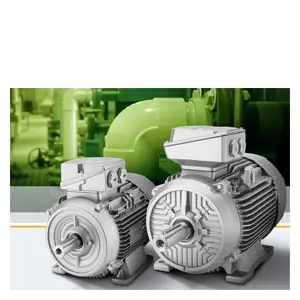 SIEMENS Marine Motor Low Voltage
SIEMENS Marine Motor Low Voltage 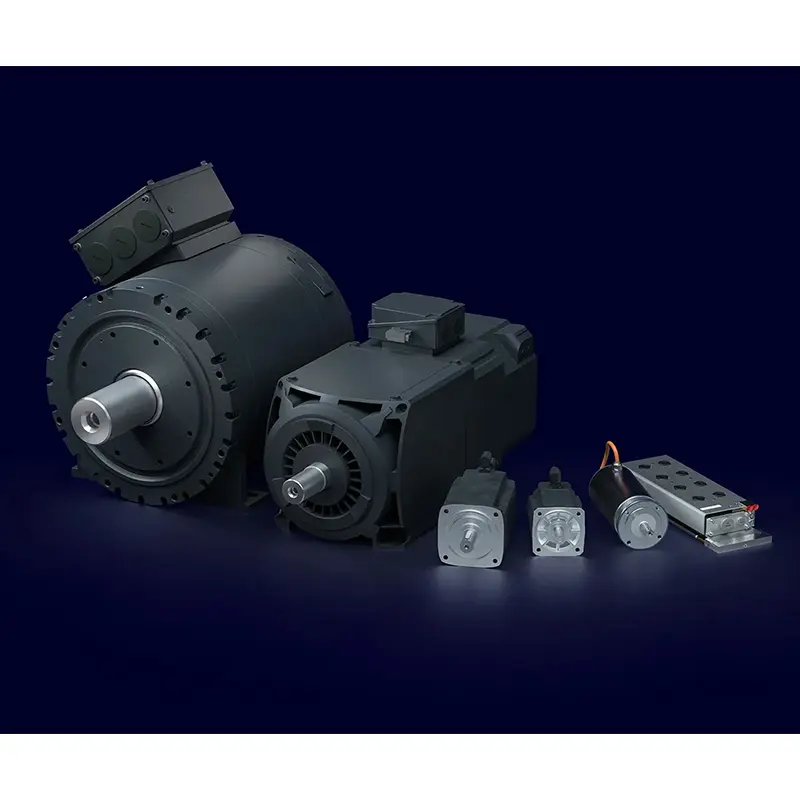 SIEMENS Servo Motor Low Voltage
SIEMENS Servo Motor Low Voltage 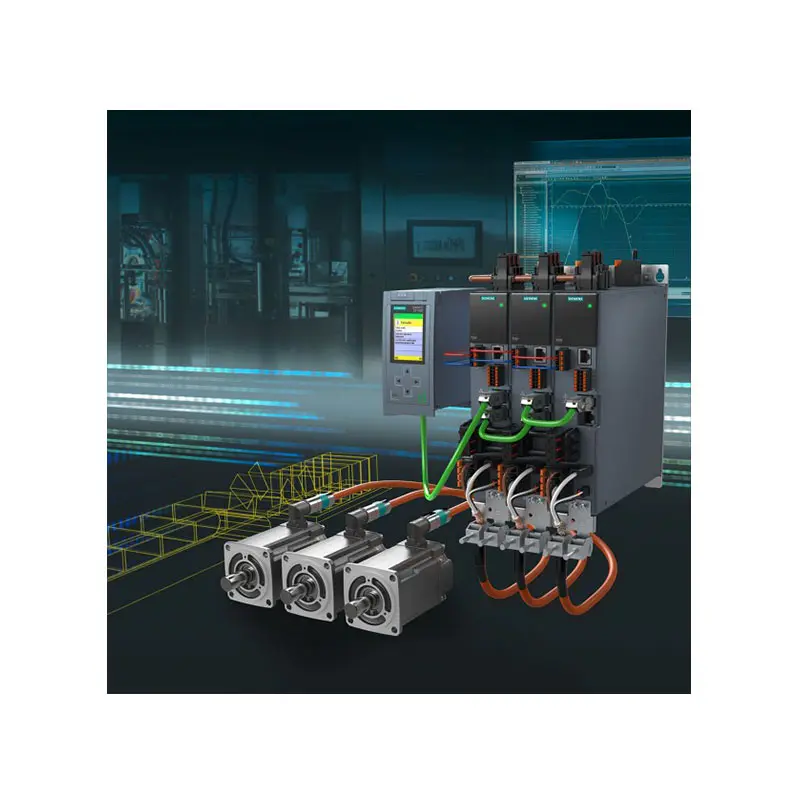 SIEMENS SINAMICS S210 Low Voltage
SIEMENS SINAMICS S210 Low Voltage 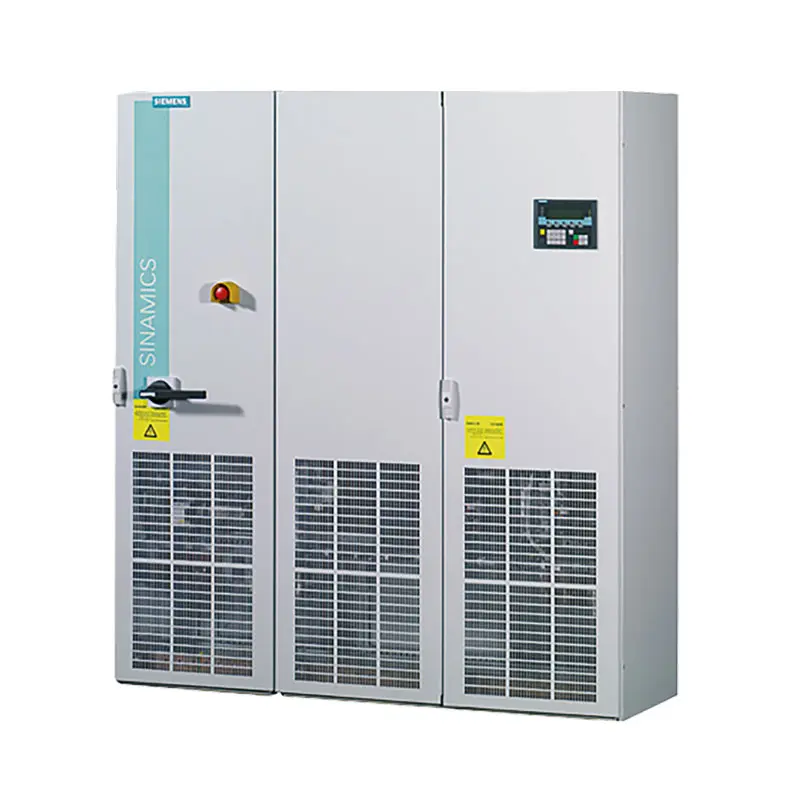 SIEMENS SINAMICS S150 Low Voltage
SIEMENS SINAMICS S150 Low Voltage 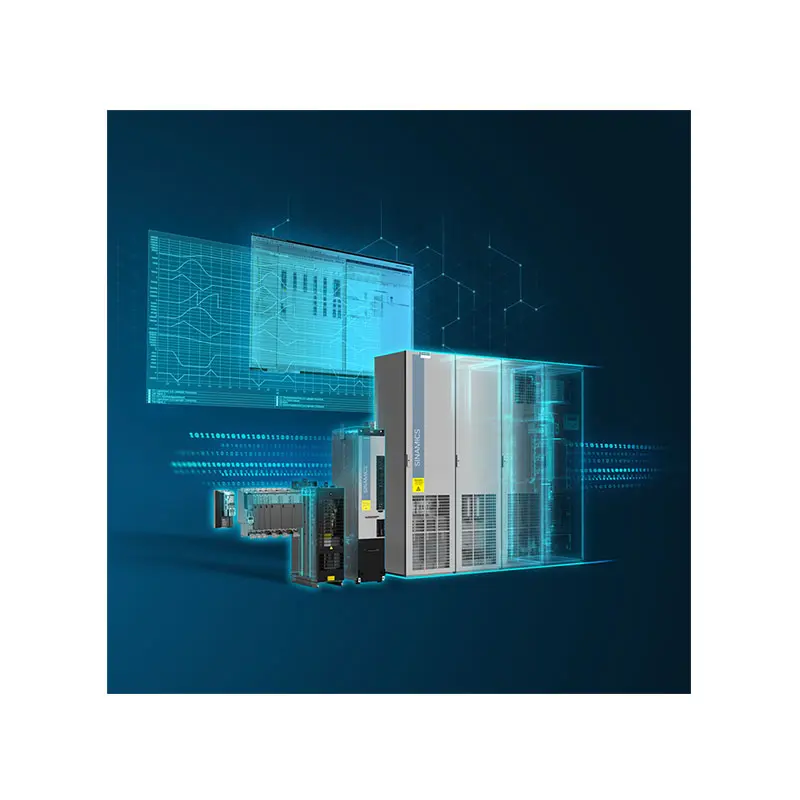 SIEMENS SINAMICS S120 Low Voltage
SIEMENS SINAMICS S120 Low Voltage 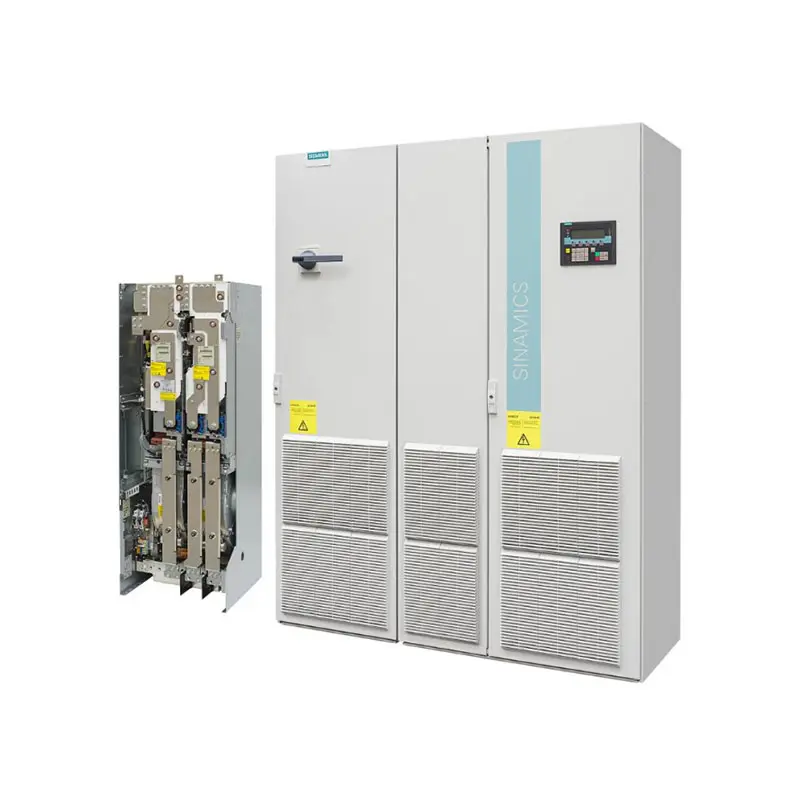 SIEMENS SINAMICS G130/G150
SIEMENS SINAMICS G130/G150 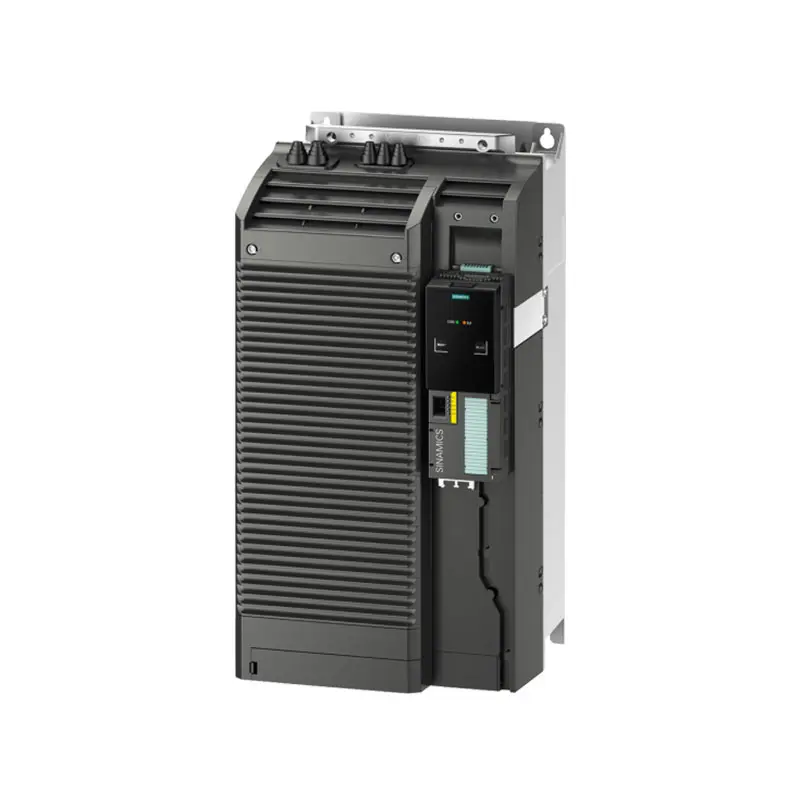 SIEMENS SINAMICS G120 Low Voltage
SIEMENS SINAMICS G120 Low Voltage  SIEMENS SINAMICS G120C Low Voltage
SIEMENS SINAMICS G120C Low Voltage 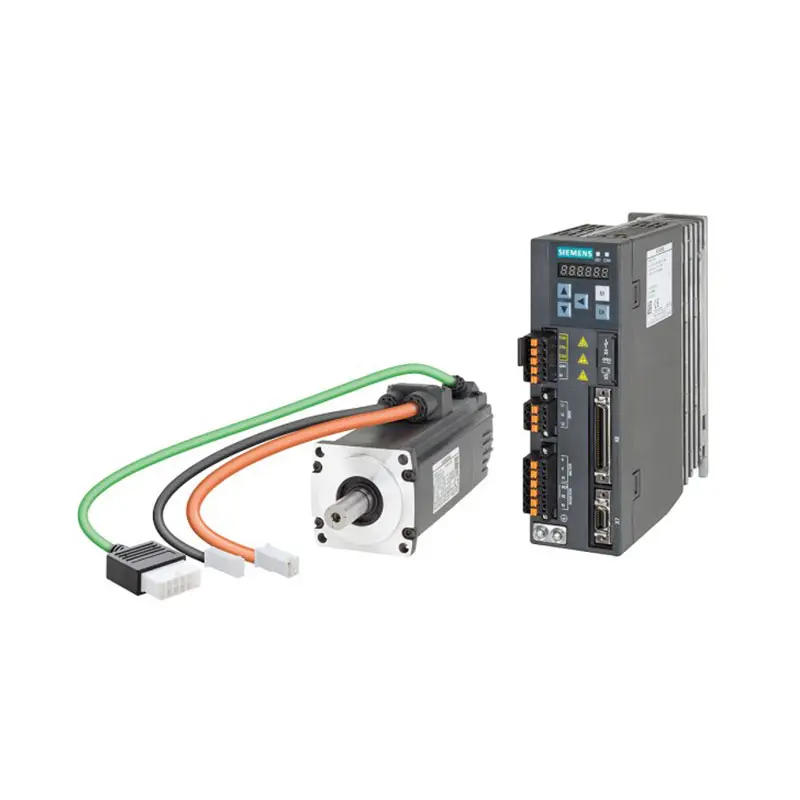 SIEMENS SINAMICS V90
SIEMENS SINAMICS V90 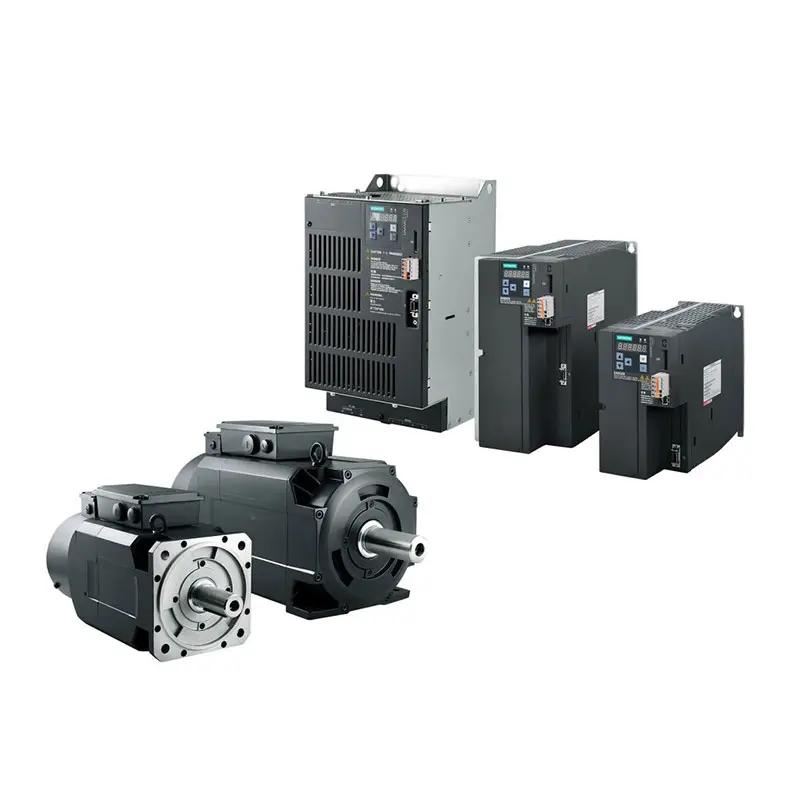 SIEMENS SINAMICS V70 Low Voltage
SIEMENS SINAMICS V70 Low Voltage 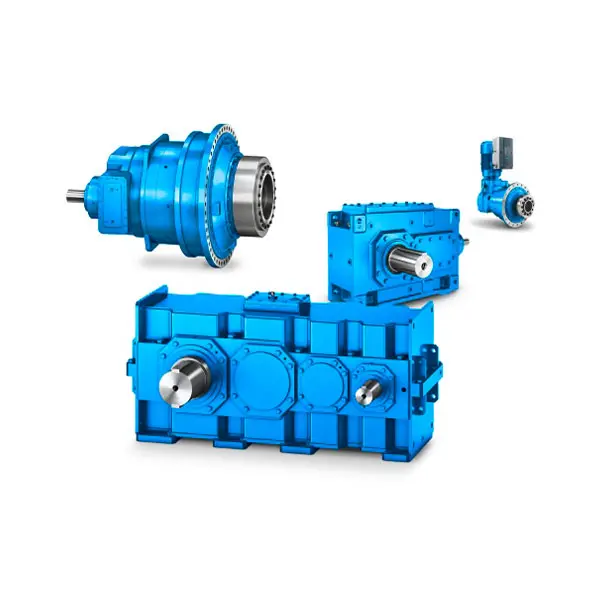 FLENDER Gear Unit
FLENDER Gear Unit 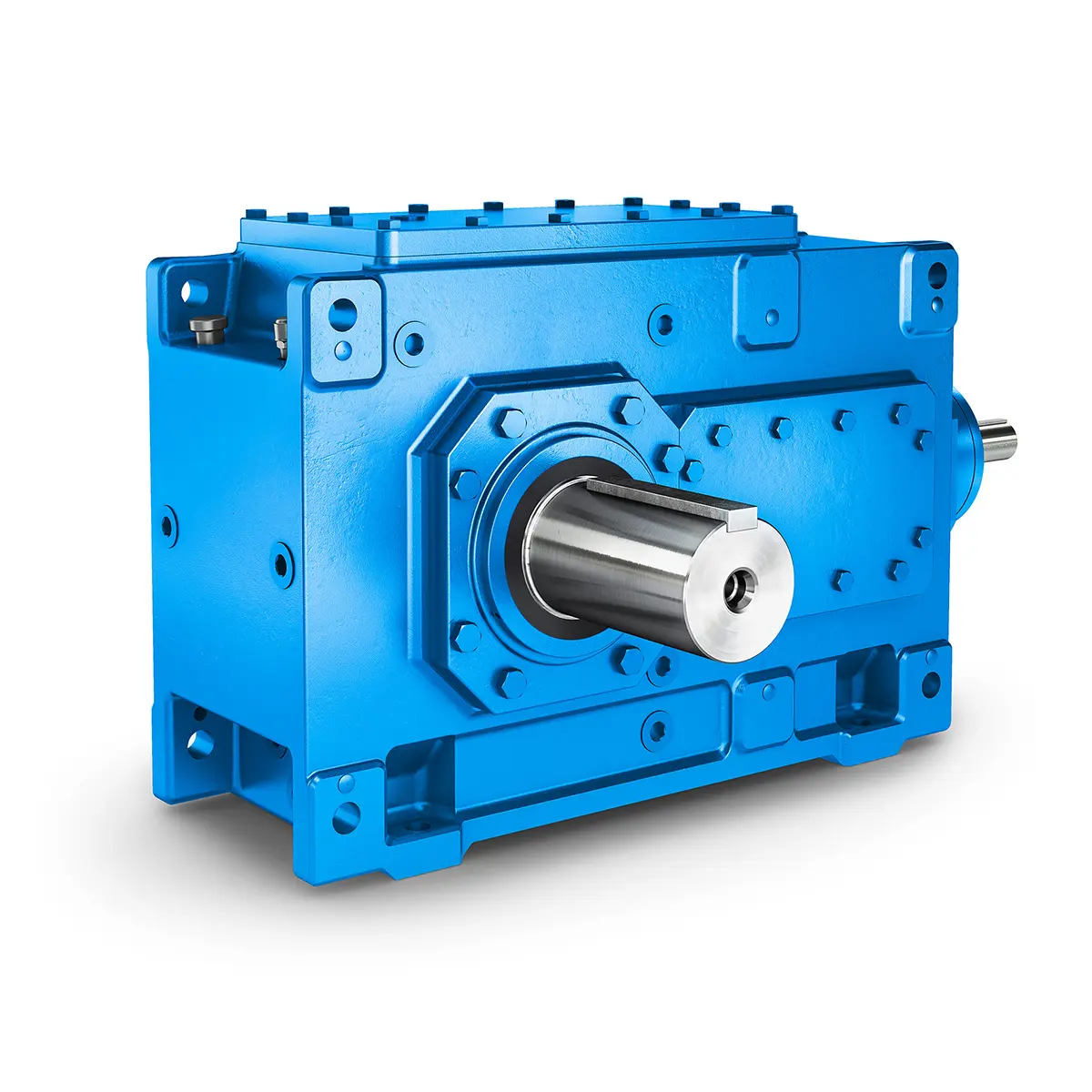 FLENDER Helical Gear Unit
FLENDER Helical Gear Unit 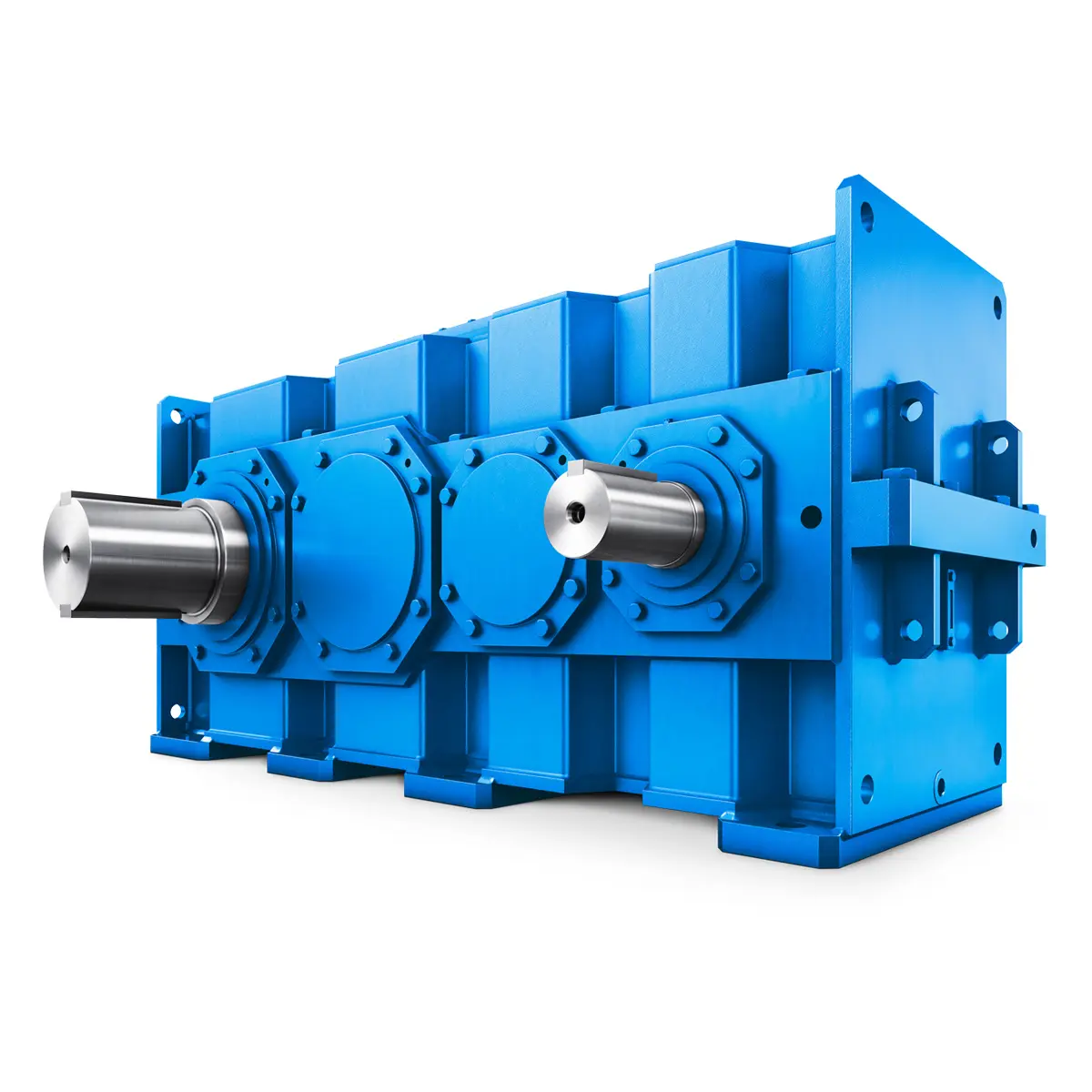 Flender gear units for lifting and luffing gears
Flender gear units for lifting and luffing gears 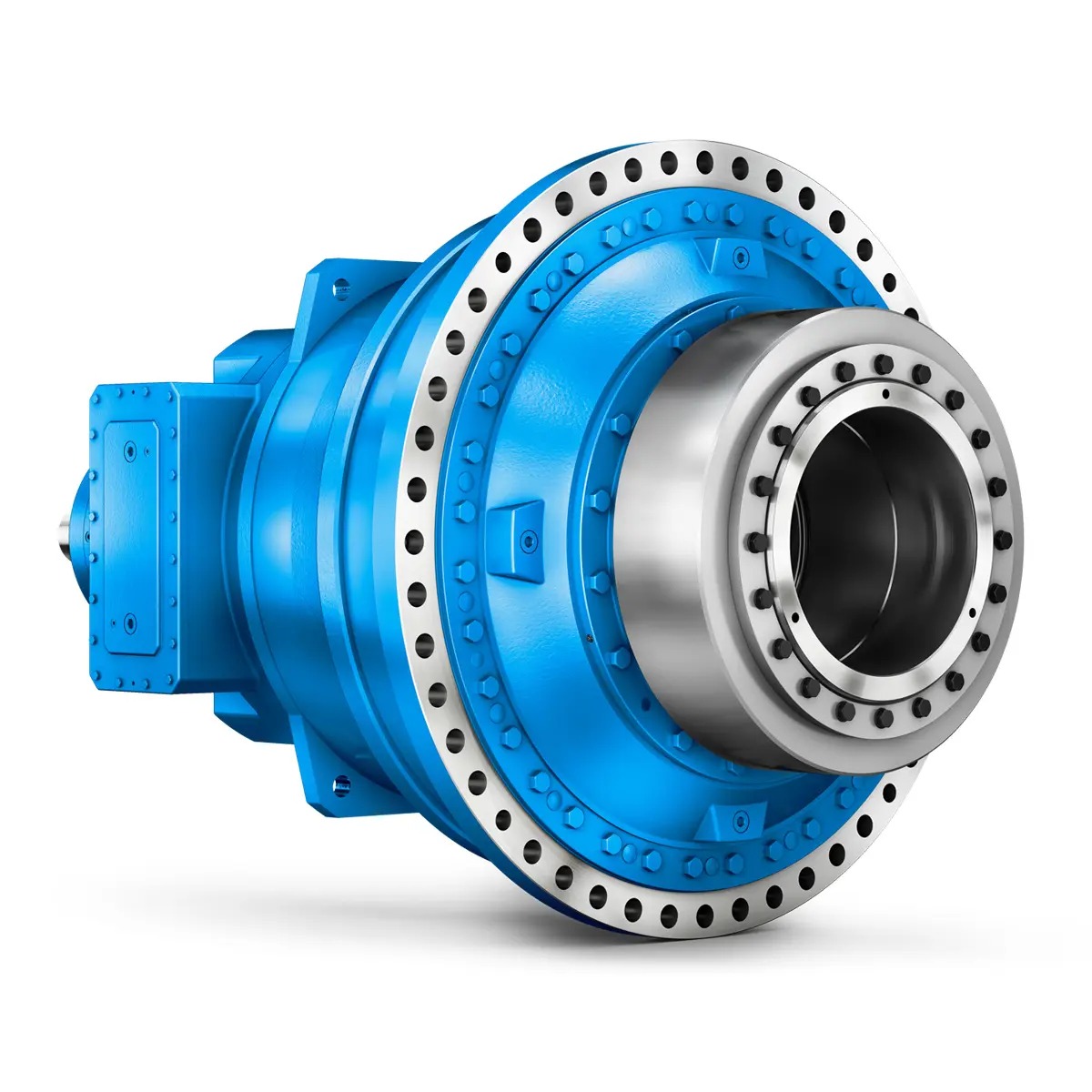 FLENDER Gear Unit gearunit gearbox
FLENDER Gear Unit gearunit gearbox 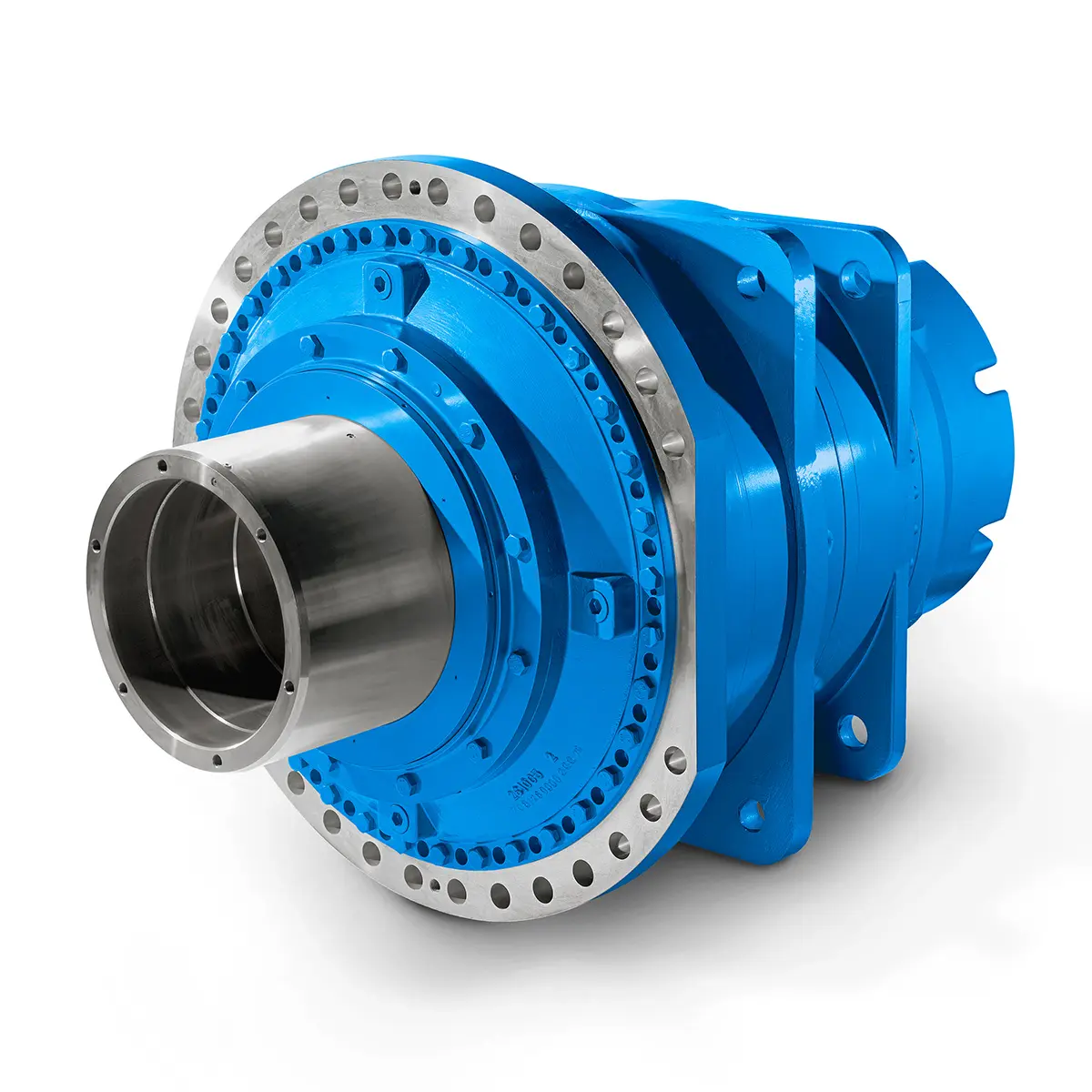 Optimal Drive Solution For Maximum Performance
Optimal Drive Solution For Maximum Performance 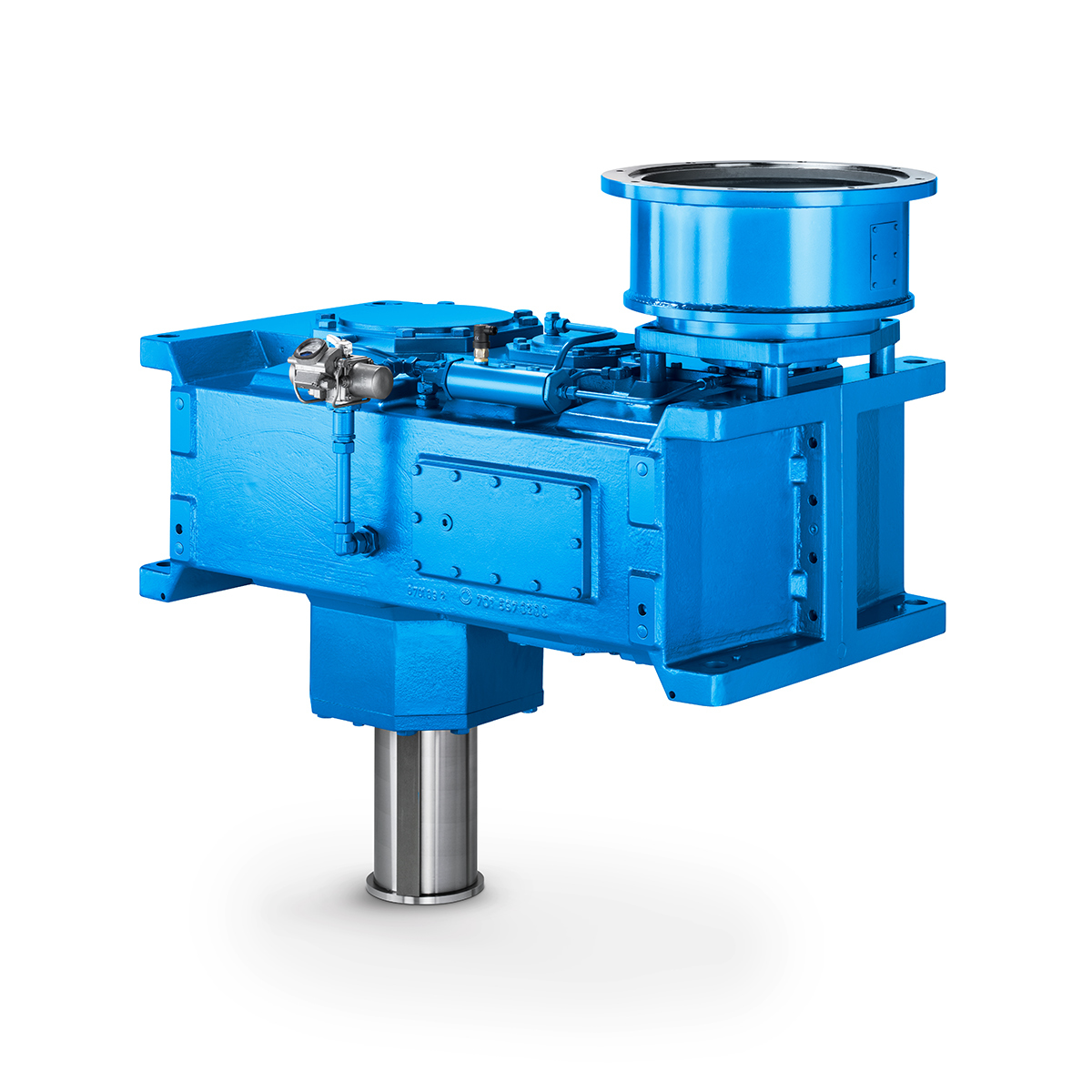 Strongly operating against biodegradable constituents
Strongly operating against biodegradable constituents 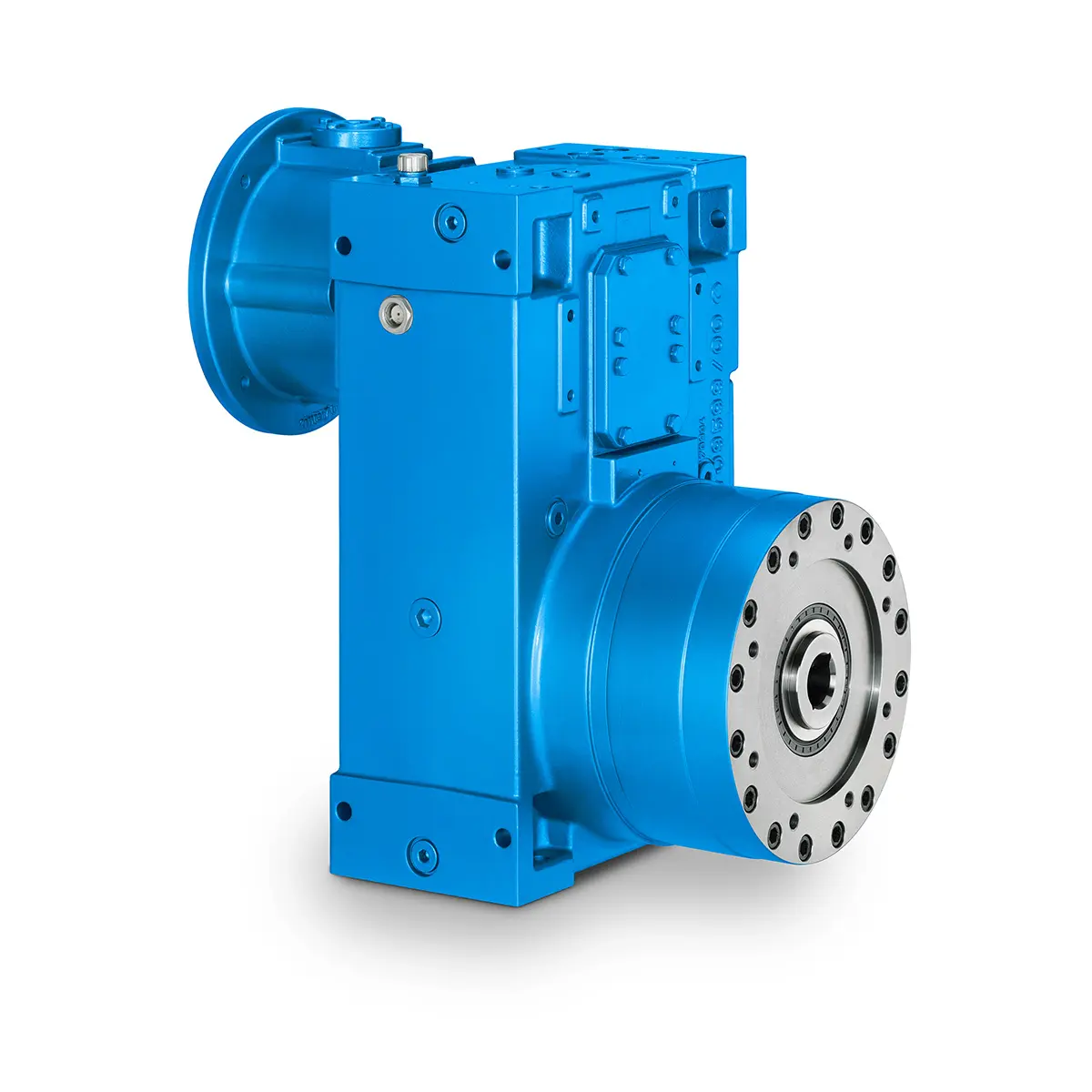 SINGLE SCREW Special industry dedicated gearunit gearbox
SINGLE SCREW Special industry dedicated gearunit gearbox 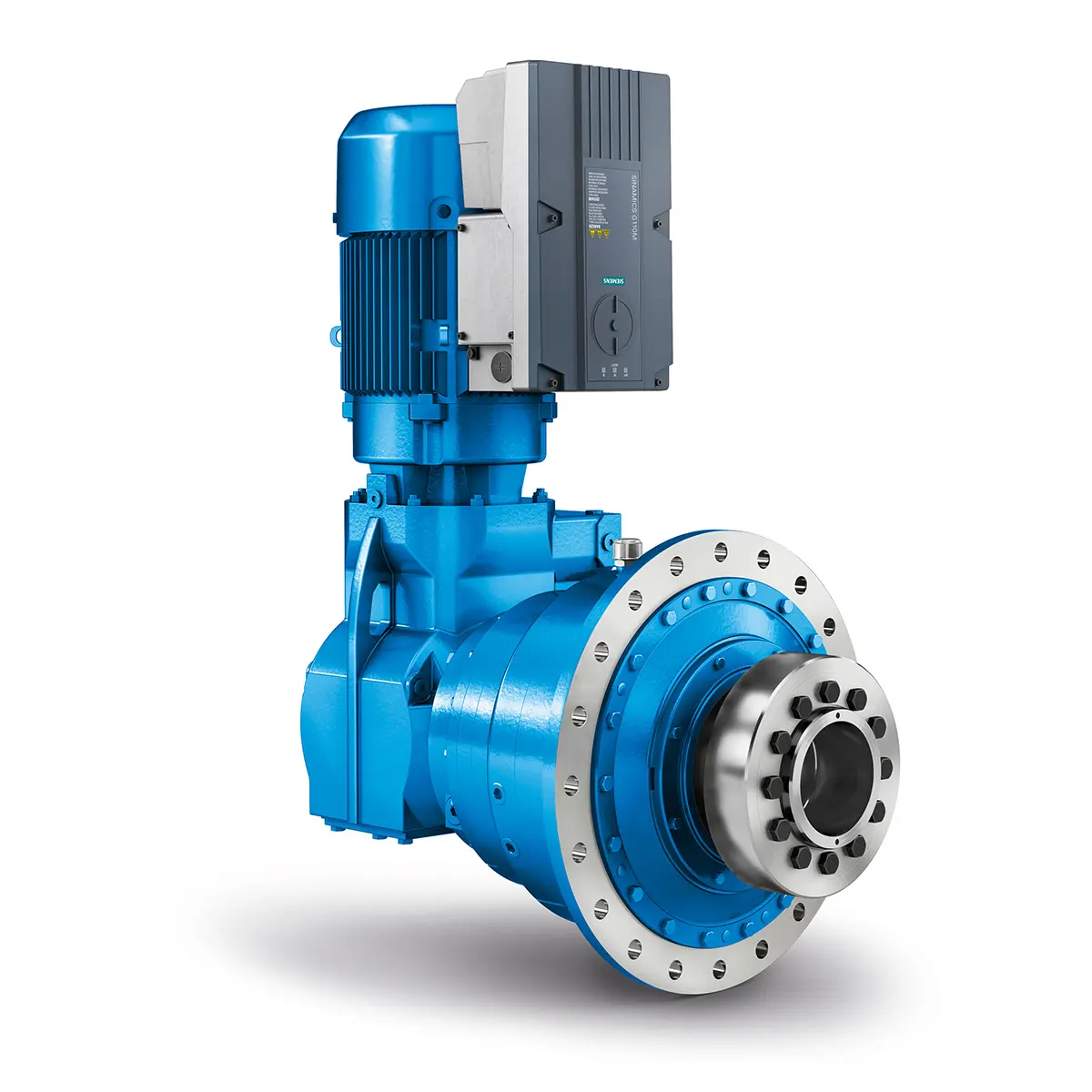 Playmaker In The Premium League
Playmaker In The Premium League 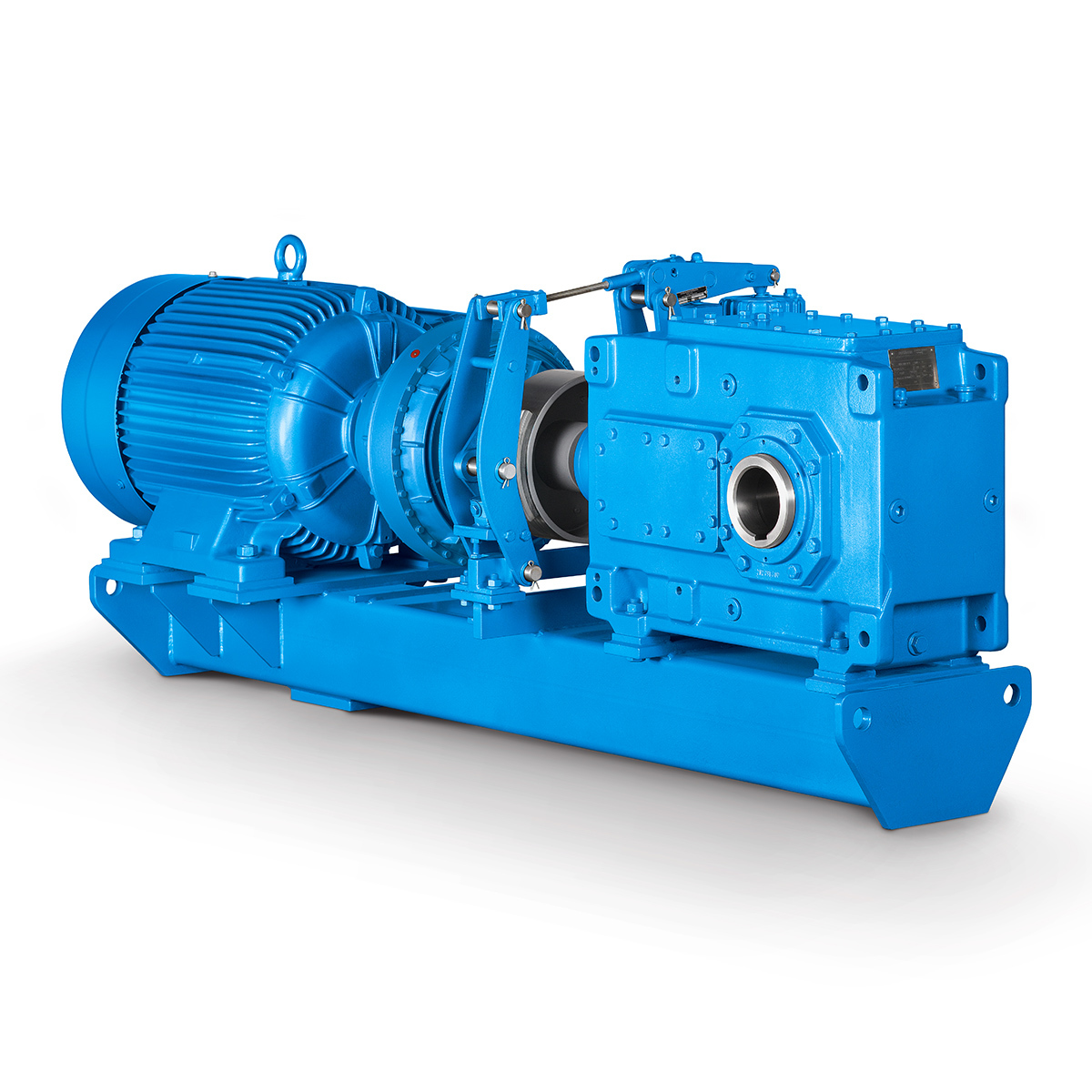 Conveyor belts gearunit gearbox
Conveyor belts gearunit gearbox 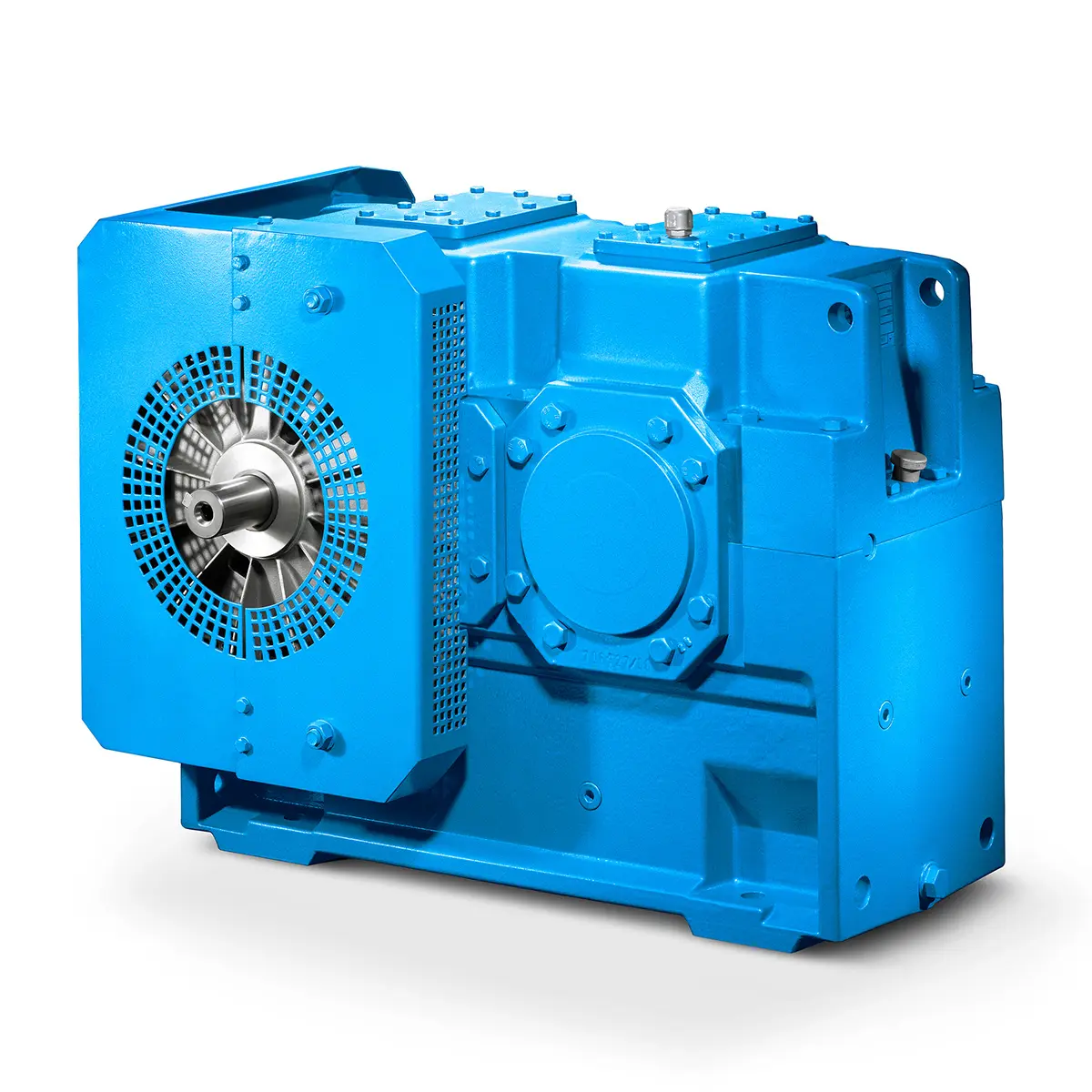 Paper And Pulp Preparation Sections
Paper And Pulp Preparation Sections 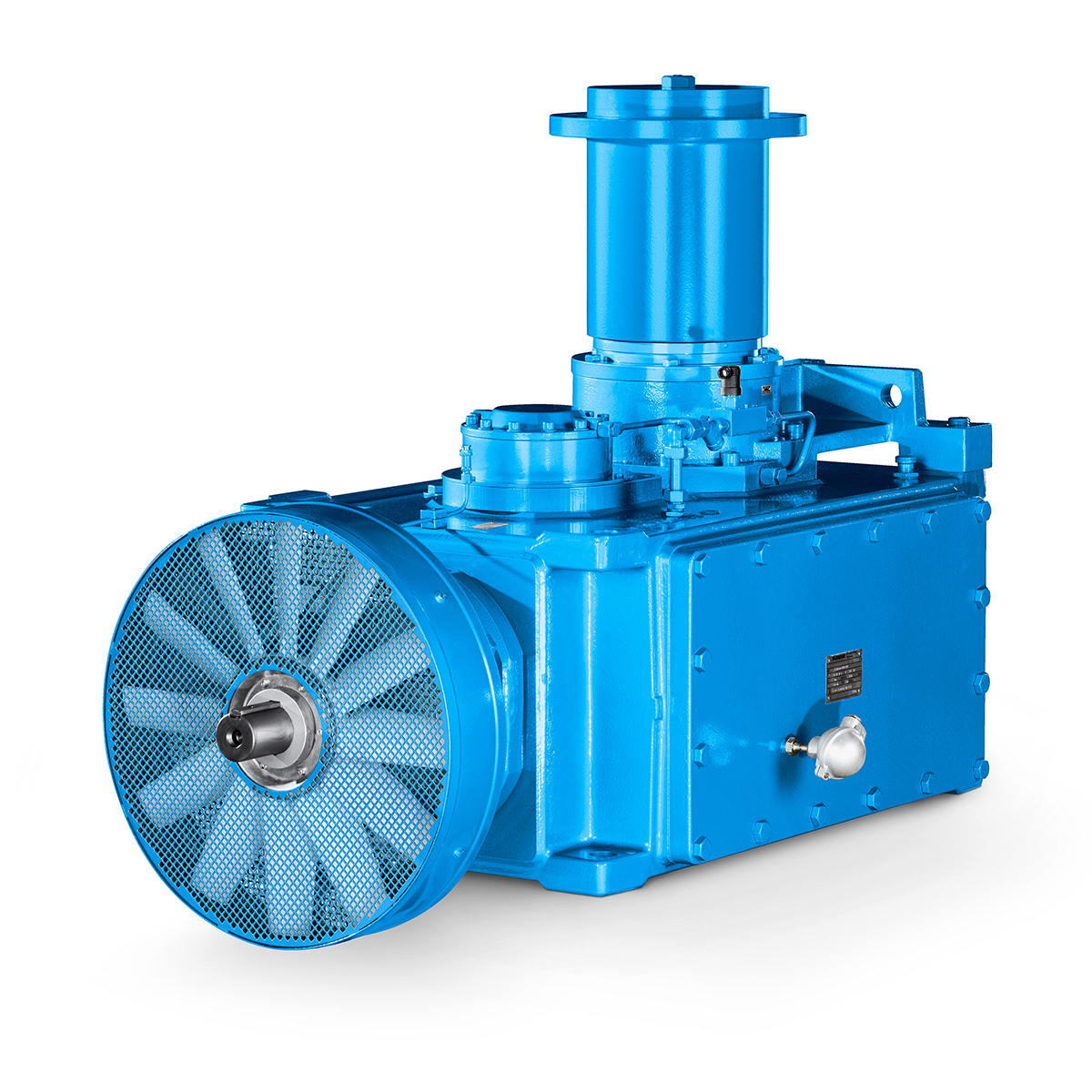 Operational Reliability Even In Case Of The Highest Ventilation Forces
Operational Reliability Even In Case Of The Highest Ventilation Forces 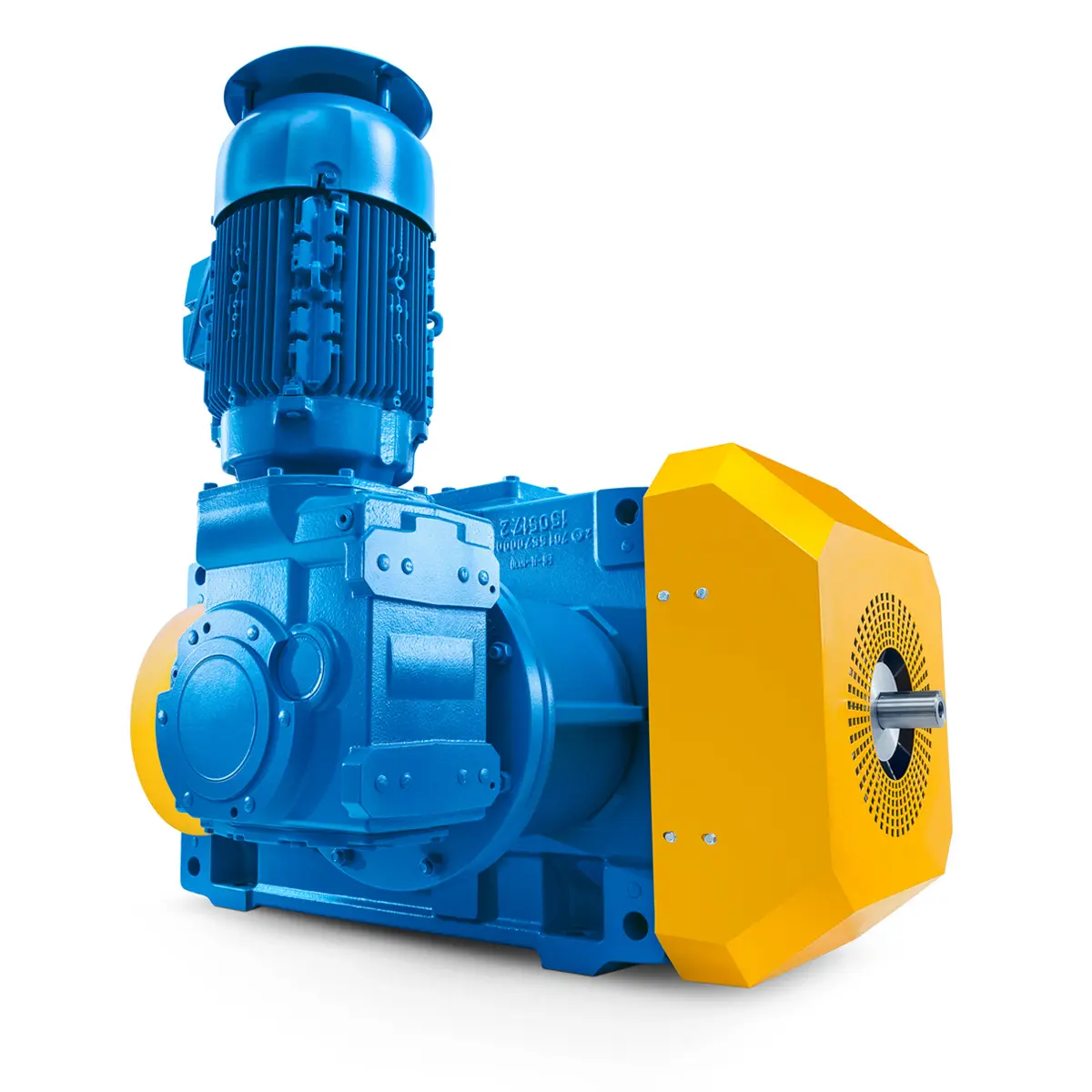 Reliable Gear Units For High Performance Vertical Conveyors 59/200
Reliable Gear Units For High Performance Vertical Conveyors 59/200 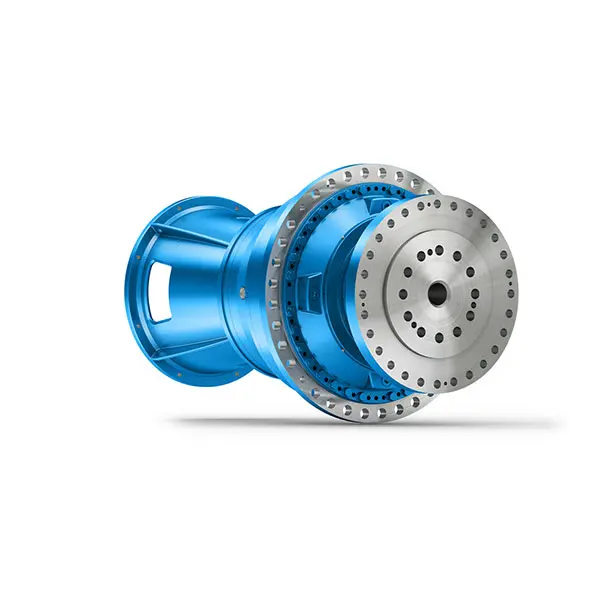 Maximum power density – PLANUREX 3 L individual drives for your sugar cane mill
Maximum power density – PLANUREX 3 L individual drives for your sugar cane mill 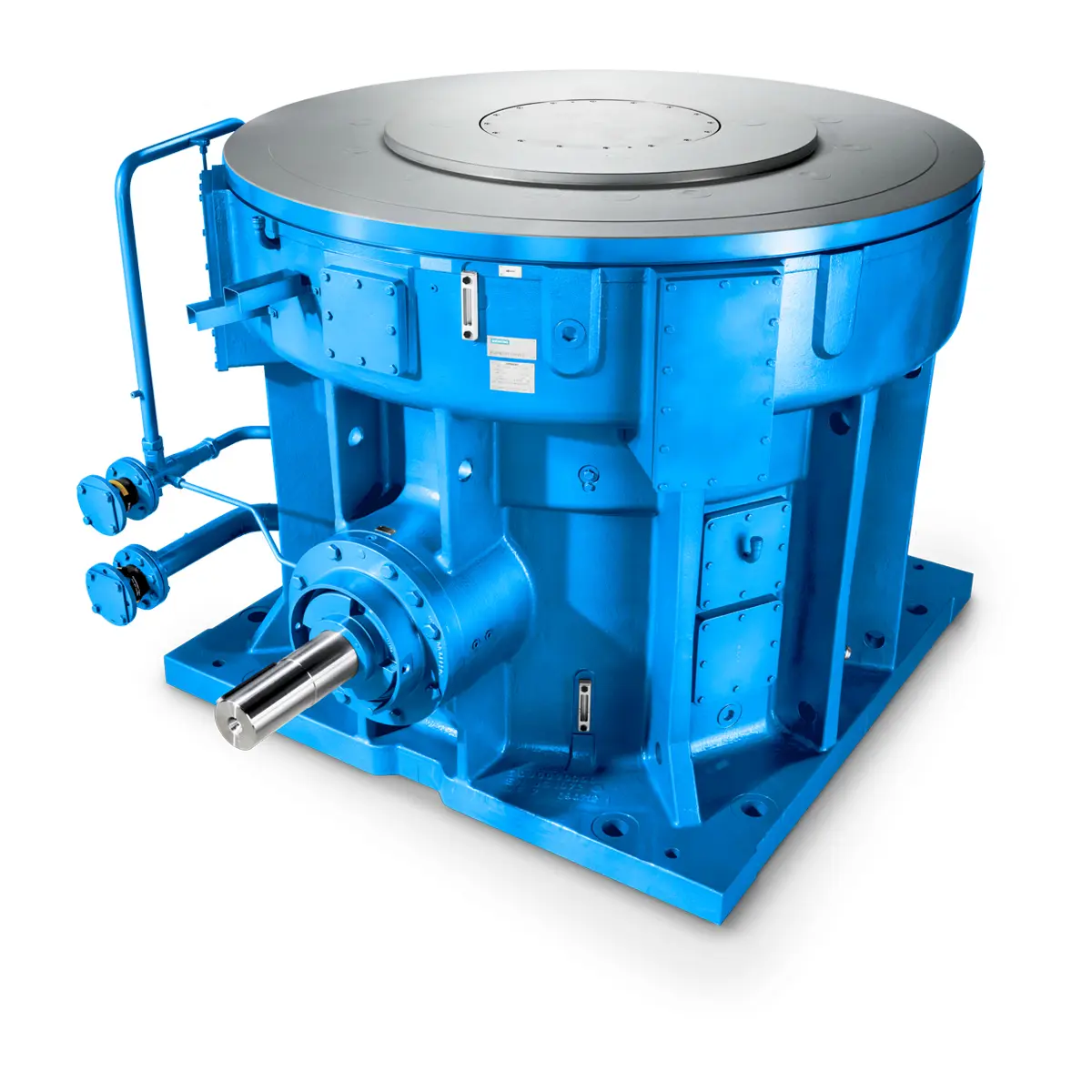 The proven all rounder gearunit gearbox
The proven all rounder gearunit gearbox 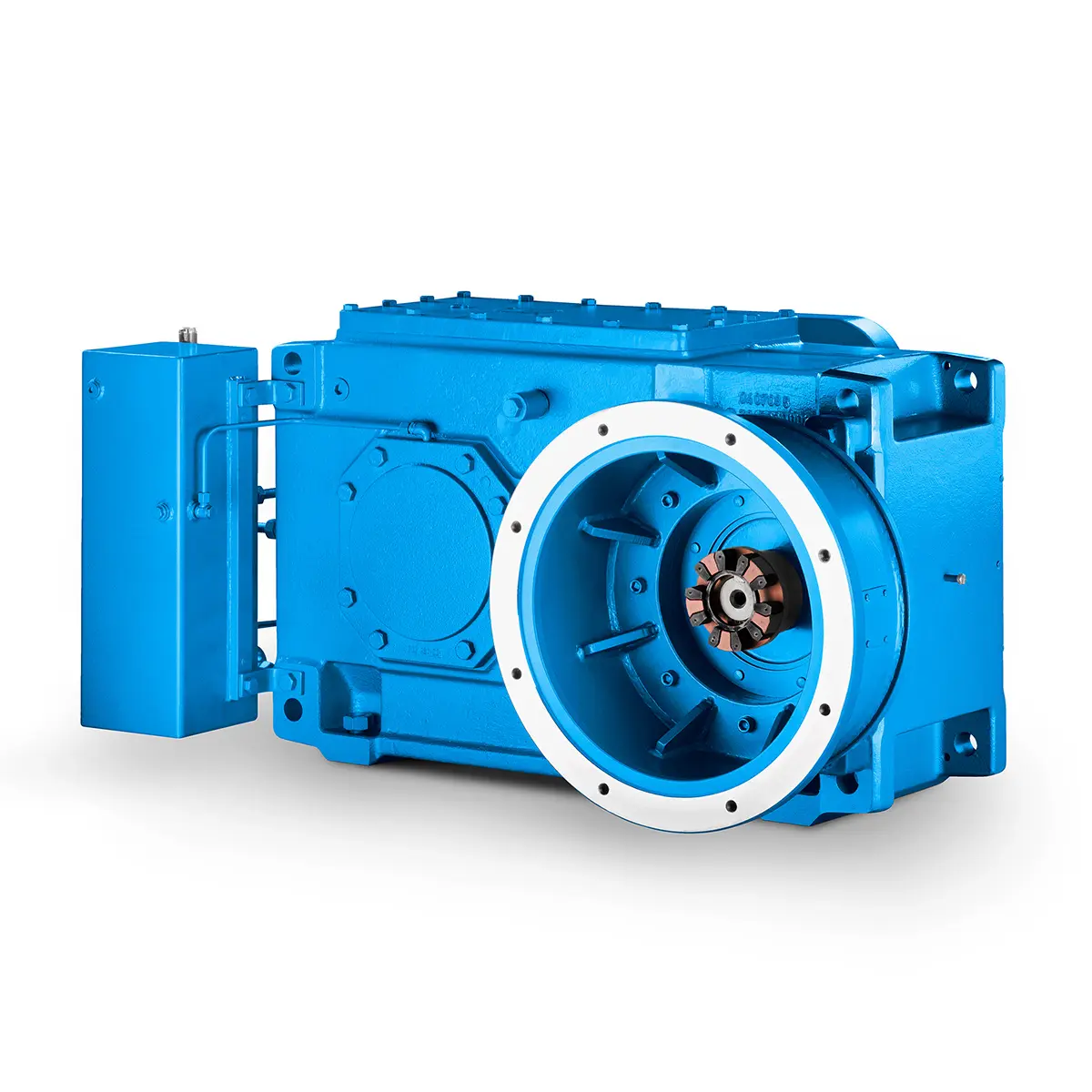 Stirs and stirs and stirs gearunit gearbox
Stirs and stirs and stirs gearunit gearbox 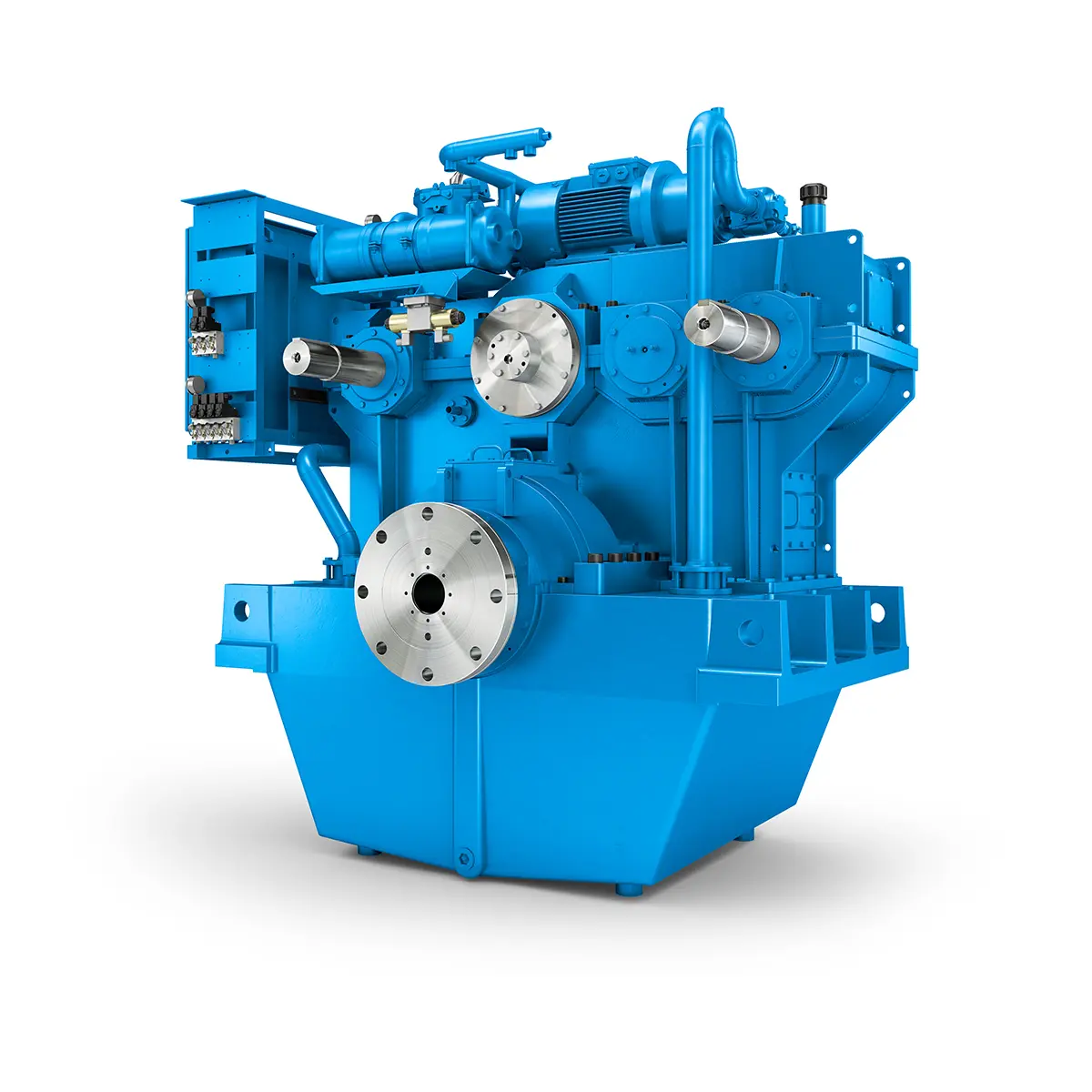 Flexibility on Board gearunit gearbox
Flexibility on Board gearunit gearbox 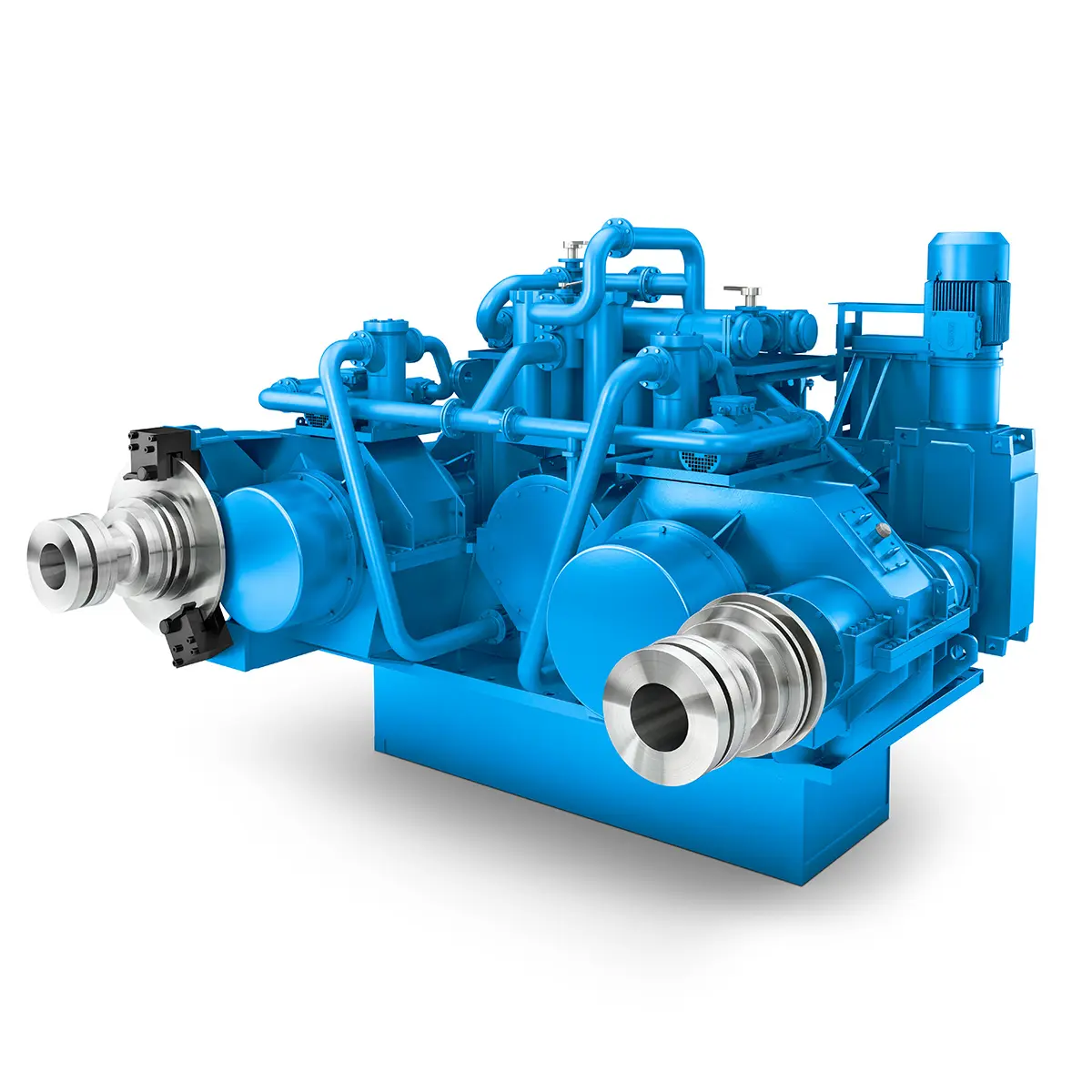 The right gearbox for all Multi-Engine Ships
The right gearbox for all Multi-Engine Ships 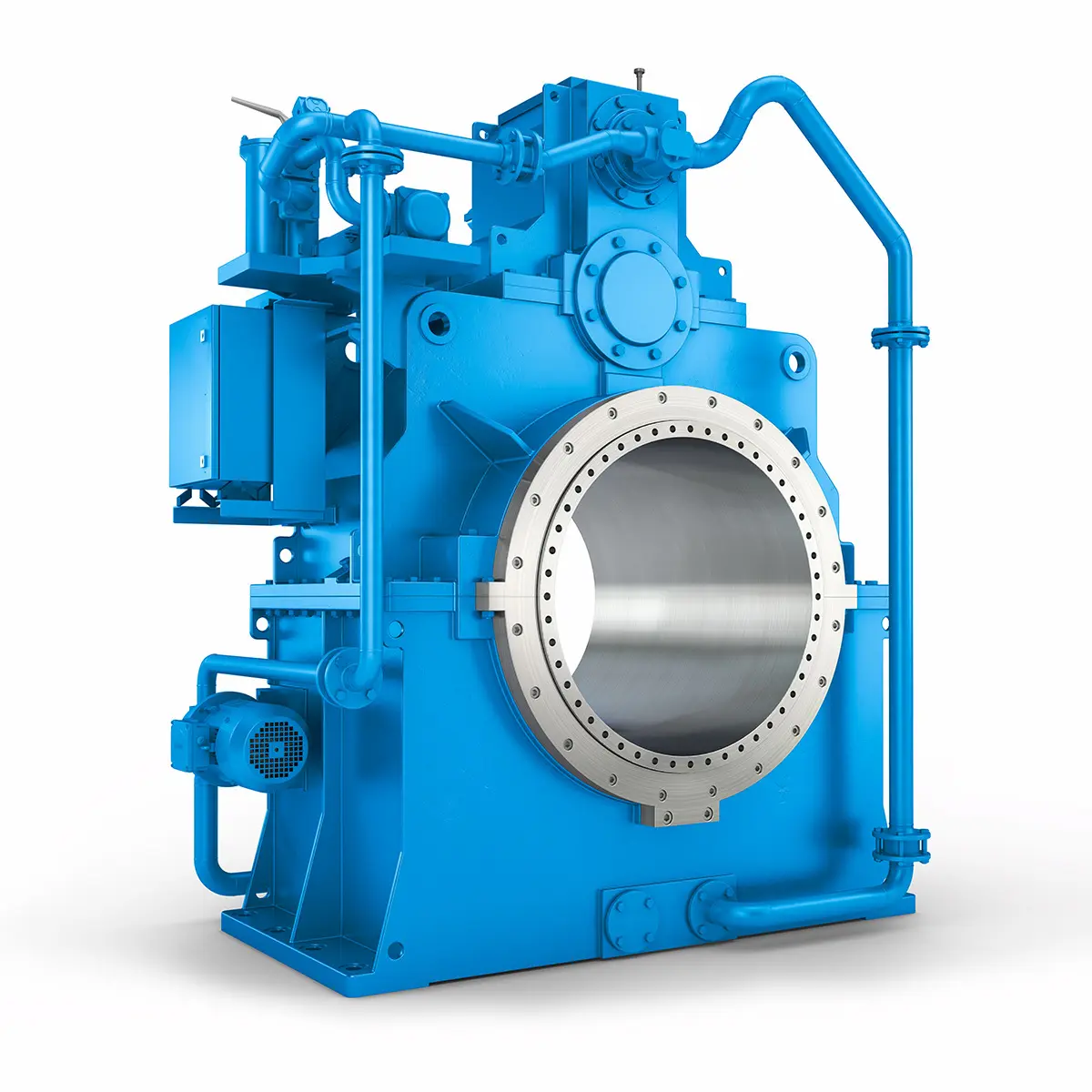 Reliable Power Generation on board
Reliable Power Generation on board 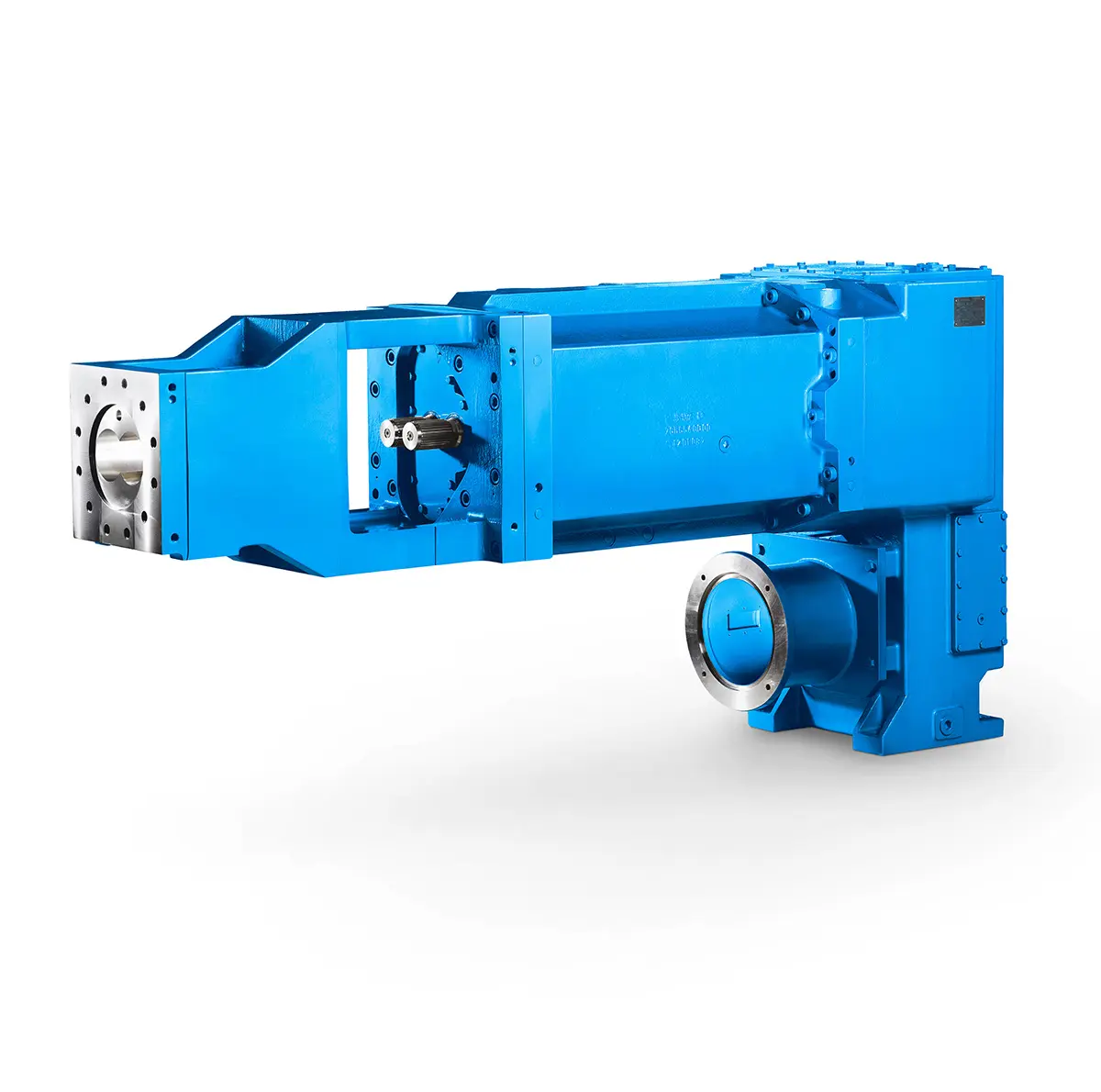 Maximum performance level, fast deliverable
Maximum performance level, fast deliverable 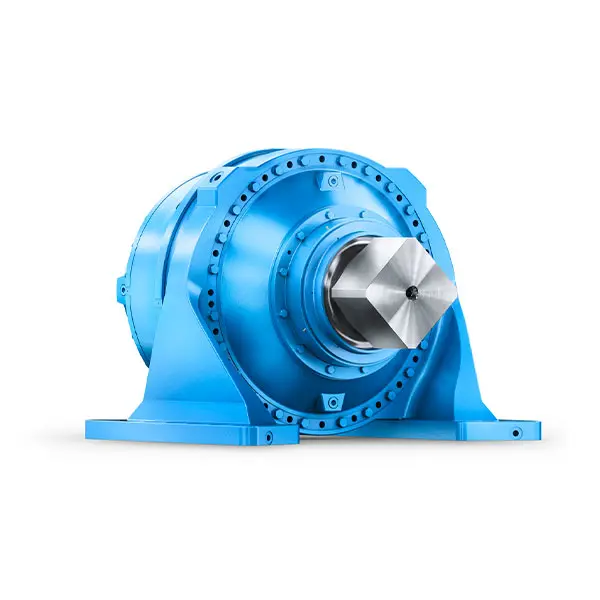 Efficient and compact – FLENDER Gear Units for Sugar Mills
Efficient and compact – FLENDER Gear Units for Sugar Mills 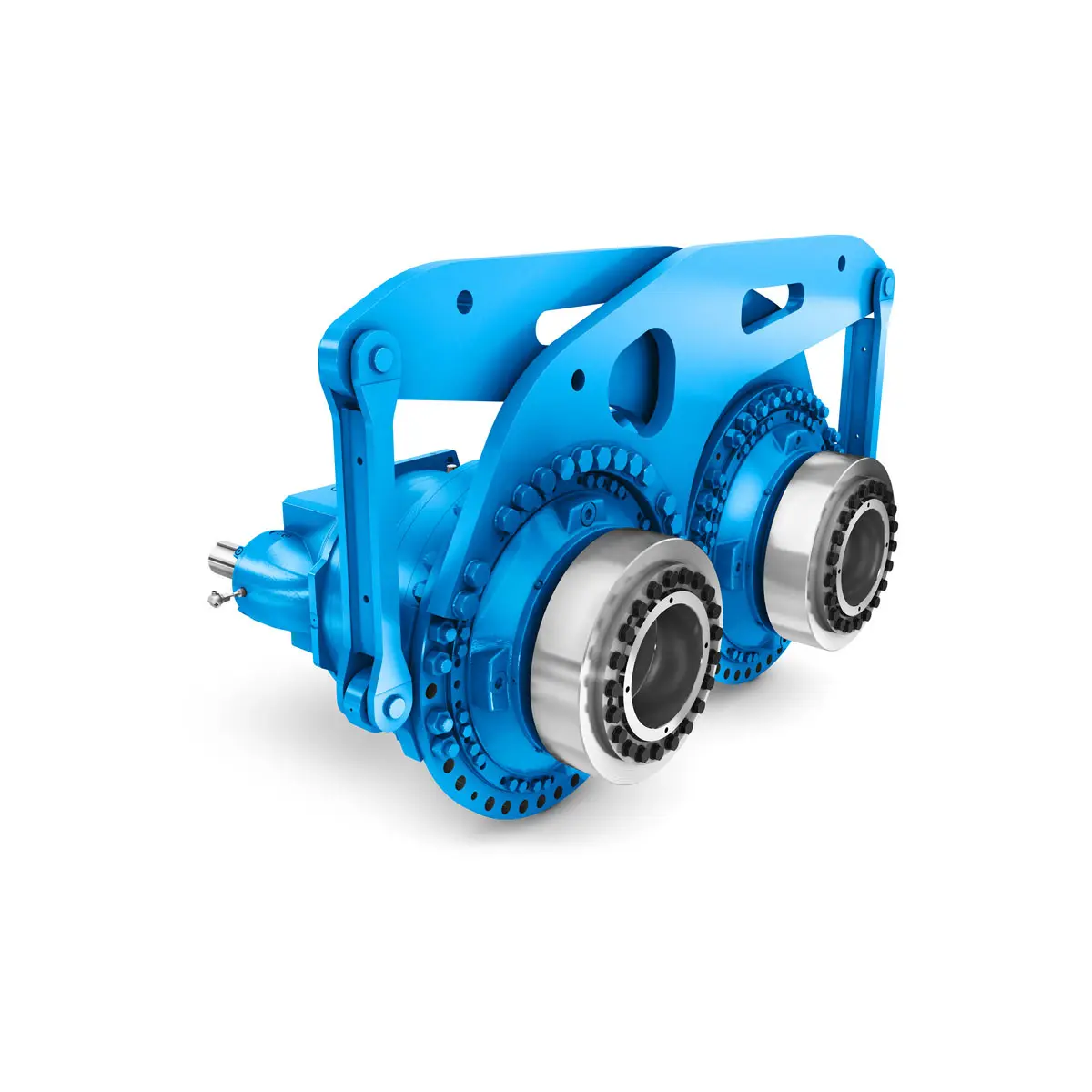 Extremely strong. Extremely compact. Extremely stressable.
Extremely strong. Extremely compact. Extremely stressable. 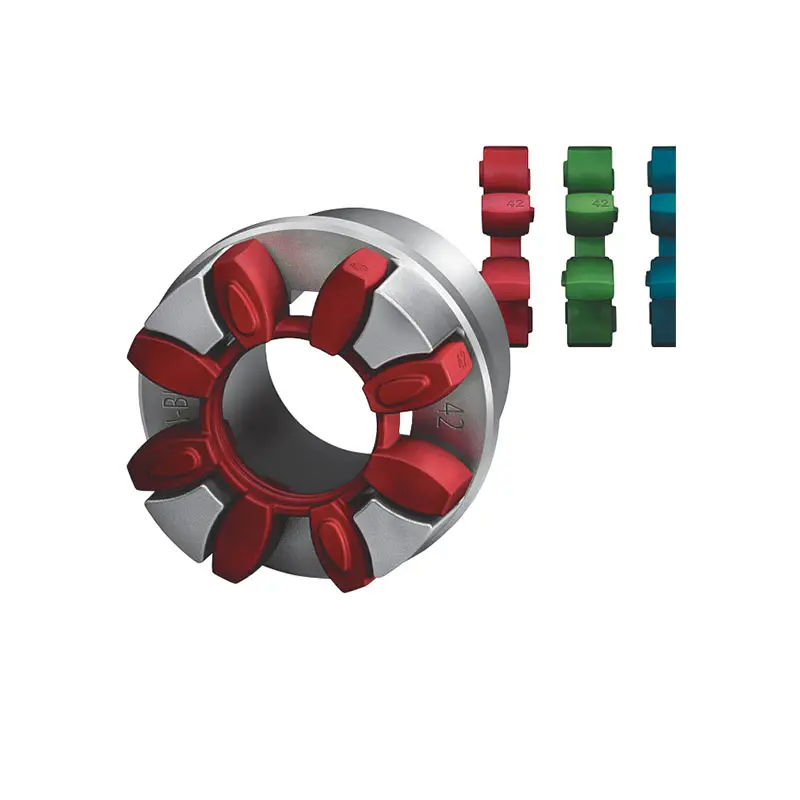 FLENDER Coupling
FLENDER Coupling 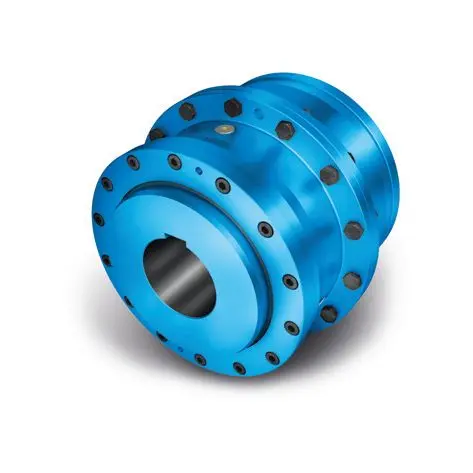 ZAPEX ZW Torsionally Rigid Gear Coupling
ZAPEX ZW Torsionally Rigid Gear Coupling 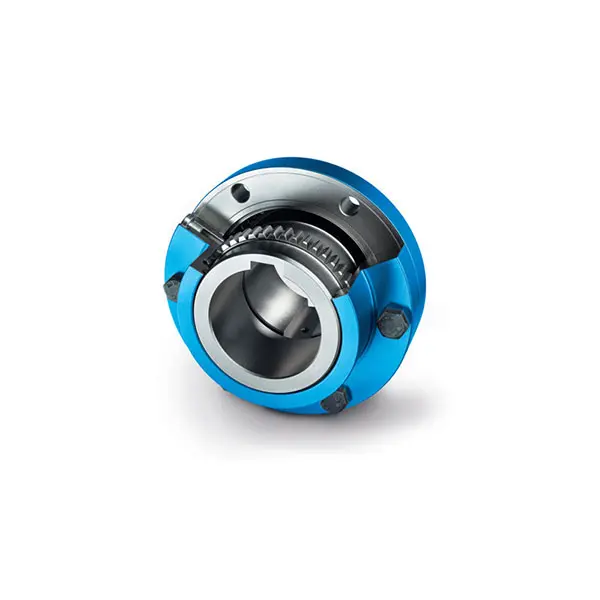 ZAPEX ZN Torsionally Rigid Gear Coupling
ZAPEX ZN Torsionally Rigid Gear Coupling 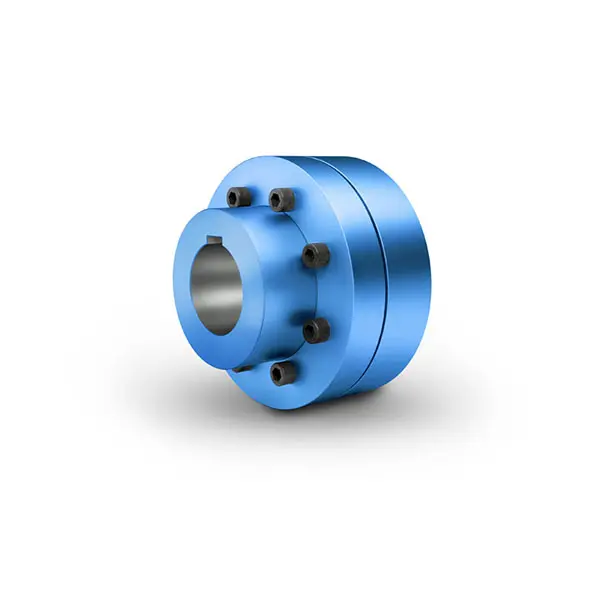 N-EUPEX Flexible high performance Coupling
N-EUPEX Flexible high performance Coupling 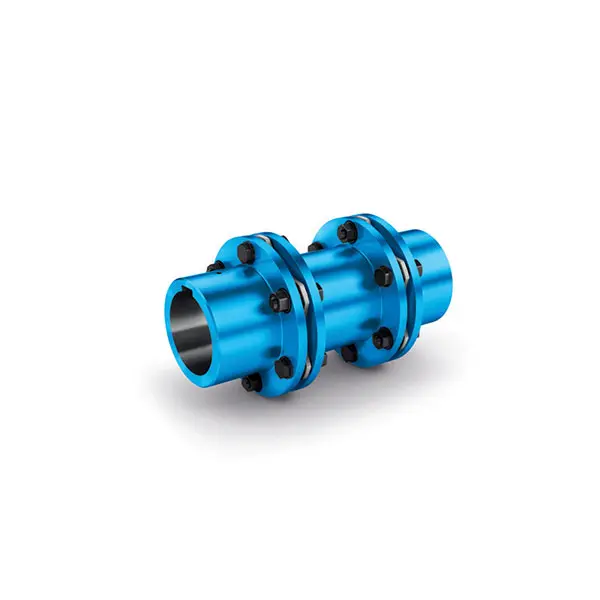 N-ARPEX Torsionally Rigid All-Steel Coupling
N-ARPEX Torsionally Rigid All-Steel Coupling 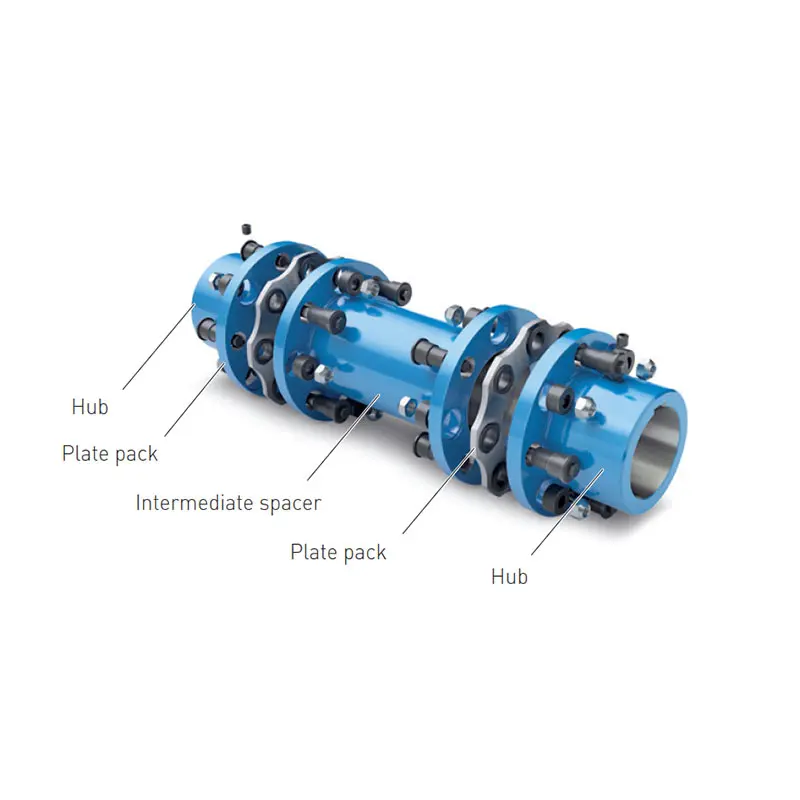 ARPEX Torsionally Rigid All-Steel Coupling Spare and Parts
ARPEX Torsionally Rigid All-Steel Coupling Spare and Parts  N-EUPEX DS Flexible High Performance Coupling
N-EUPEX DS Flexible High Performance Coupling 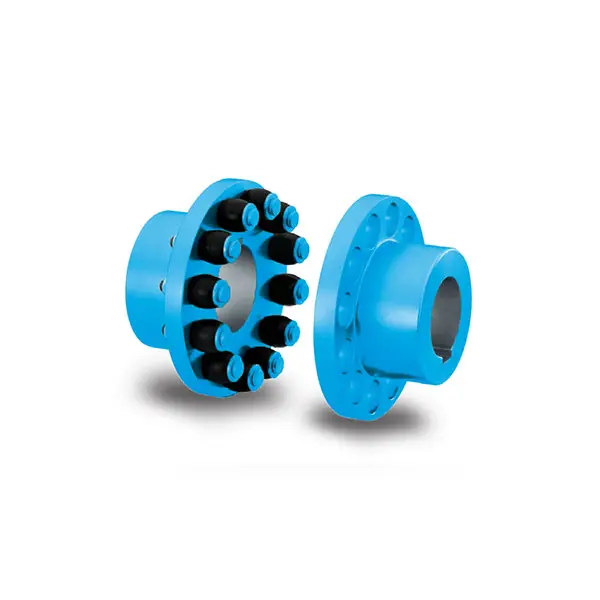 RUPEX Flexible high performance Coupling
RUPEX Flexible high performance Coupling 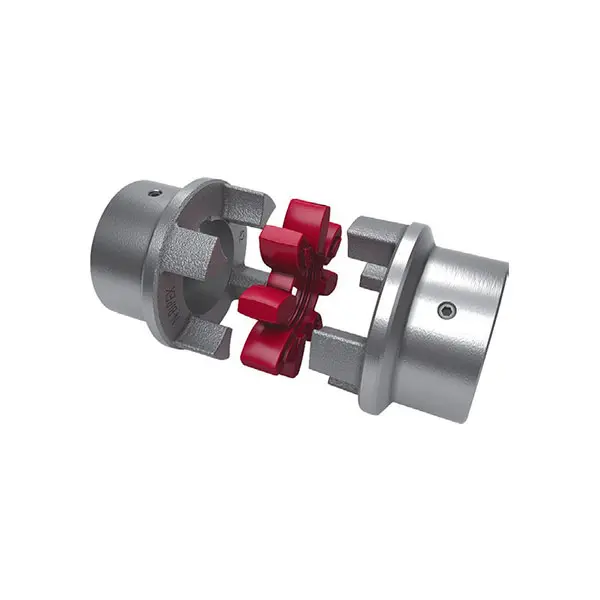 N BIPEX Flexible high performance coupling
N BIPEX Flexible high performance coupling 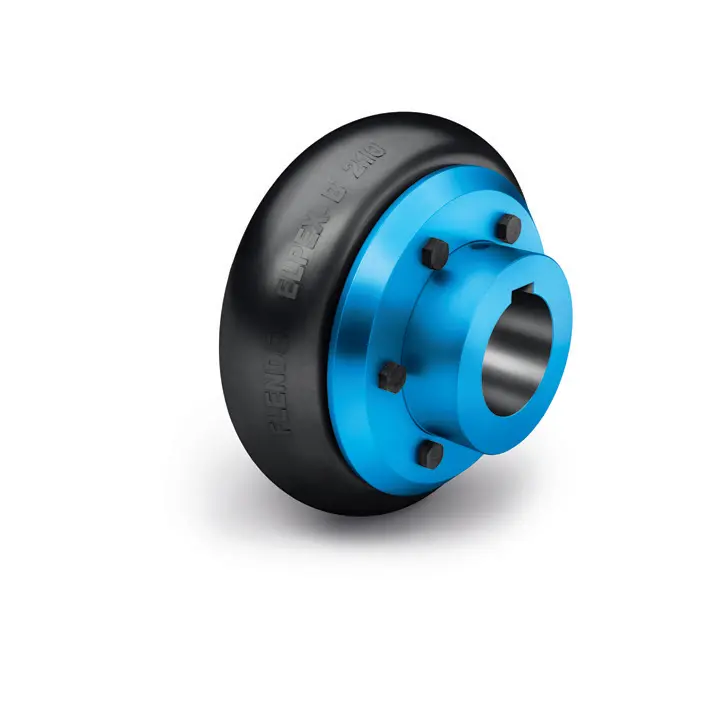 ELPEX B Highly Flexible Coupling
ELPEX B Highly Flexible Coupling 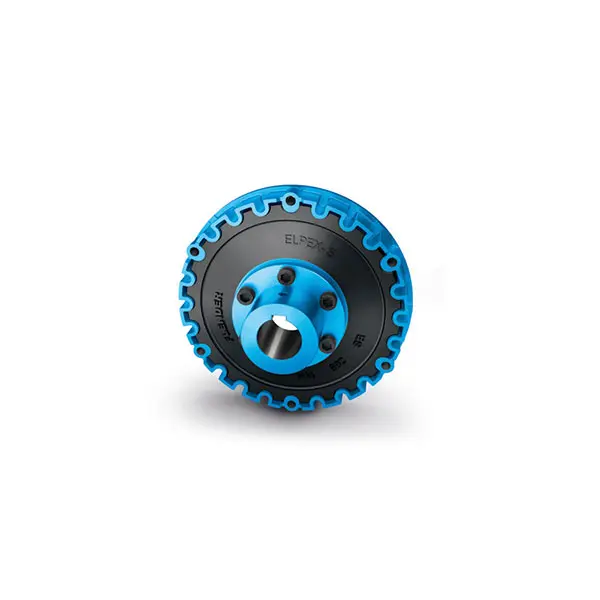 ELPEX S Highly Flexible Coupling high performance
ELPEX S Highly Flexible Coupling high performance 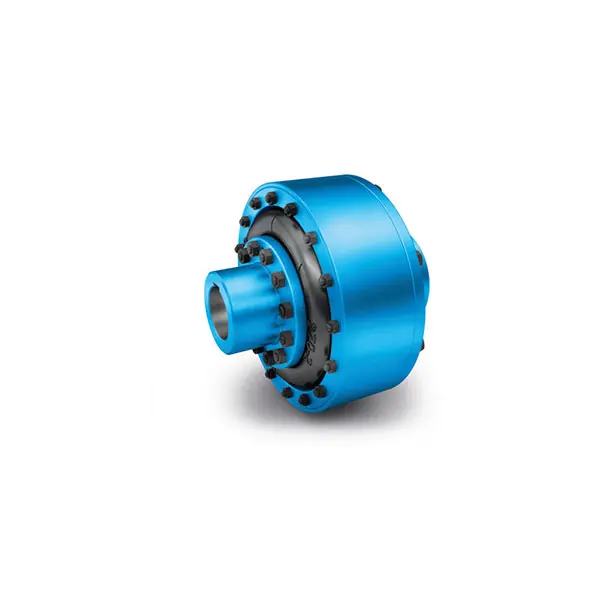 ELPEX Highly Flexible Coupling high performance
ELPEX Highly Flexible Coupling high performance 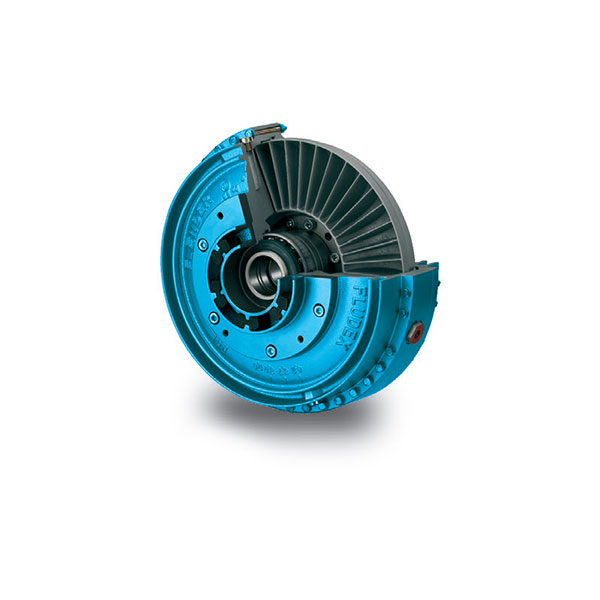 FLUDEX Fluid Coupling high performance
FLUDEX Fluid Coupling high performance 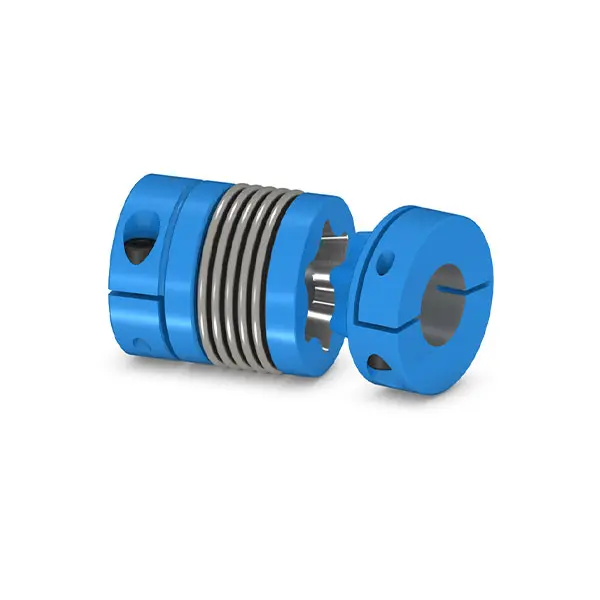 SIPEX Backlash free Coupling high performance
SIPEX Backlash free Coupling high performance 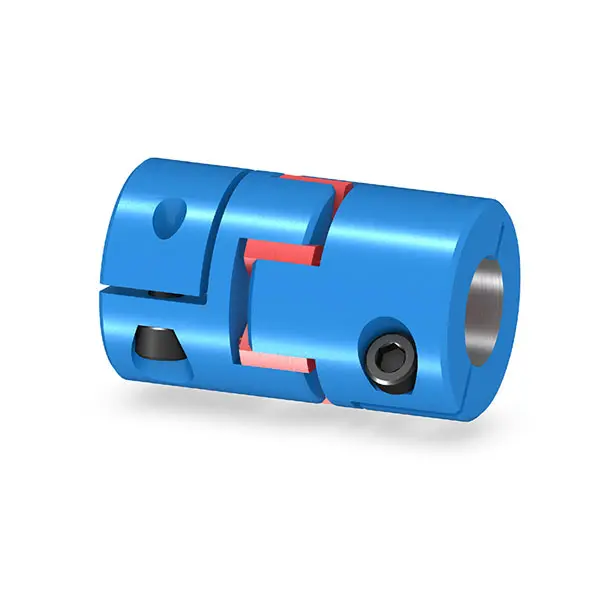 BIPEX S Backlash free Coupling high performance
BIPEX S Backlash free Coupling high performance 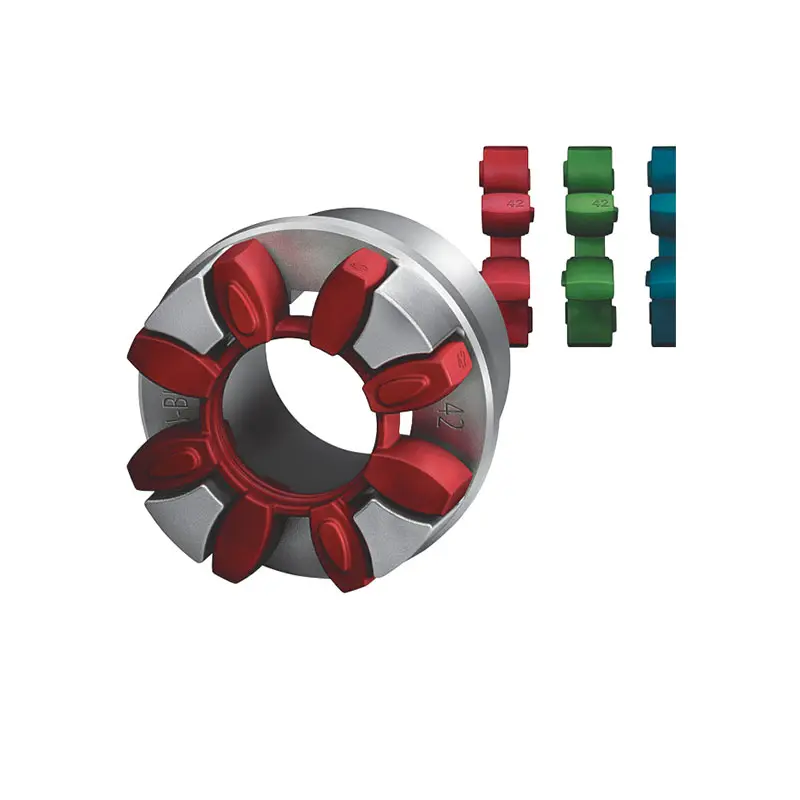 FLENDER Coupling Spare Parts high performance
FLENDER Coupling Spare Parts high performance 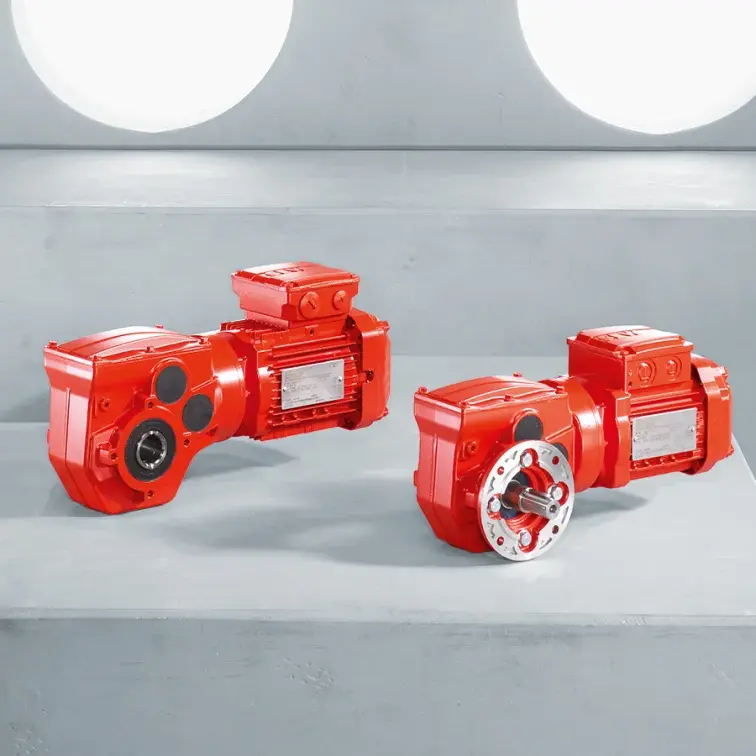 SEW Gearmotor
SEW Gearmotor
Our Company
News
Case
Contact Us
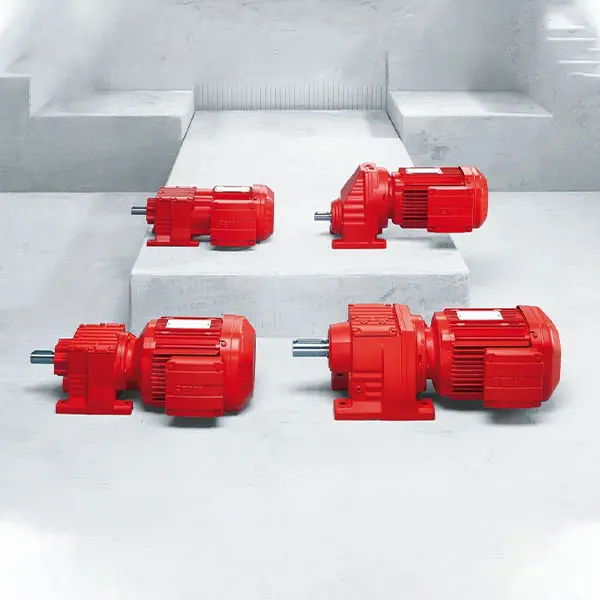 R Series Helical Gearmotor low voltage
R Series Helical Gearmotor low voltage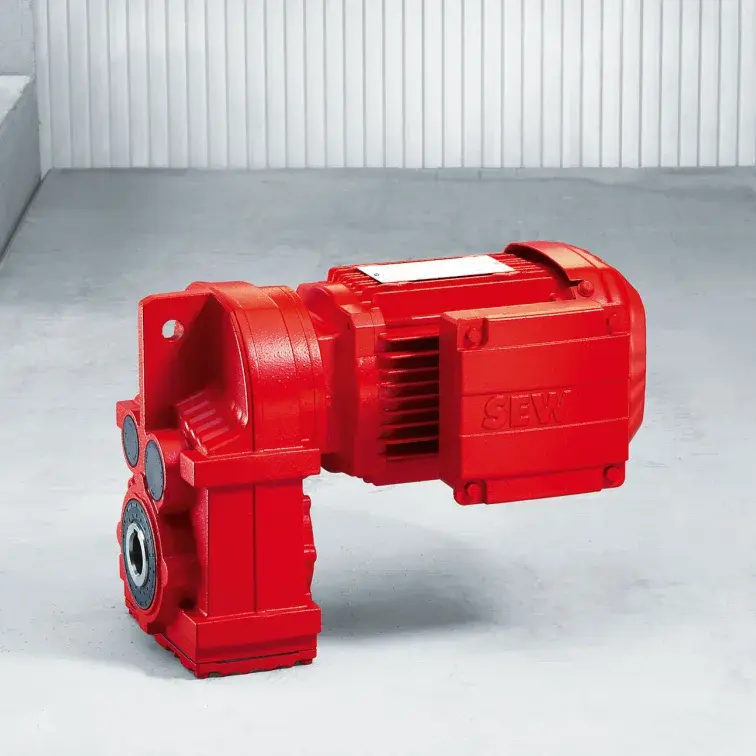 F Series Parallel Shaft Gearmotor low voltage
F Series Parallel Shaft Gearmotor low voltage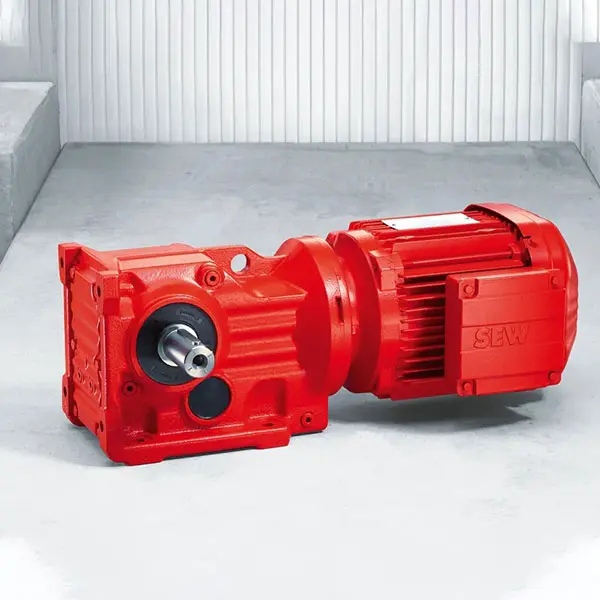 K Series Helical Bevel Gearmotor low voltage
K Series Helical Bevel Gearmotor low voltage S Series Helical Worm Gearmotor low voltage
S Series Helical Worm Gearmotor low voltage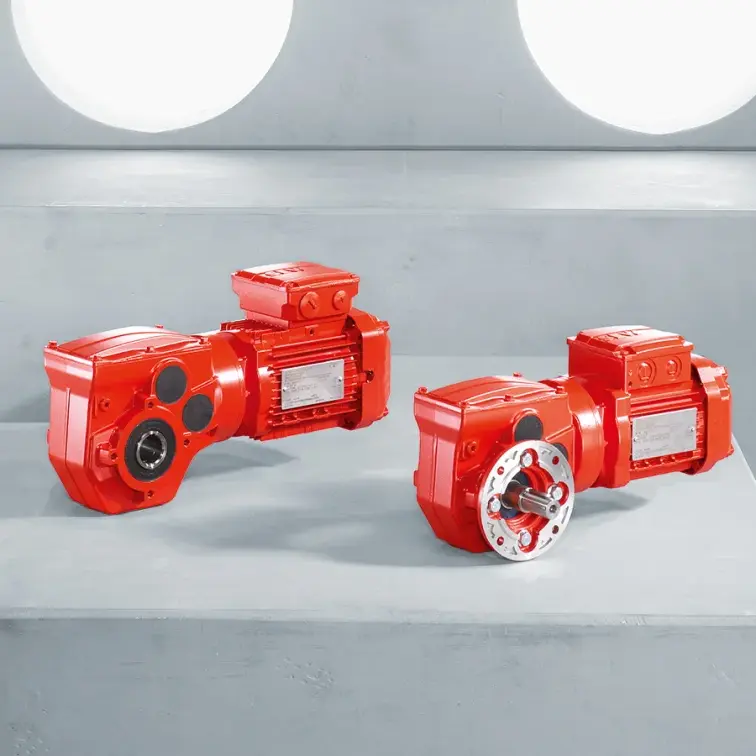 W Series SPIROPLAN® Right Angle Gearmotor
W Series SPIROPLAN® Right Angle Gearmotor